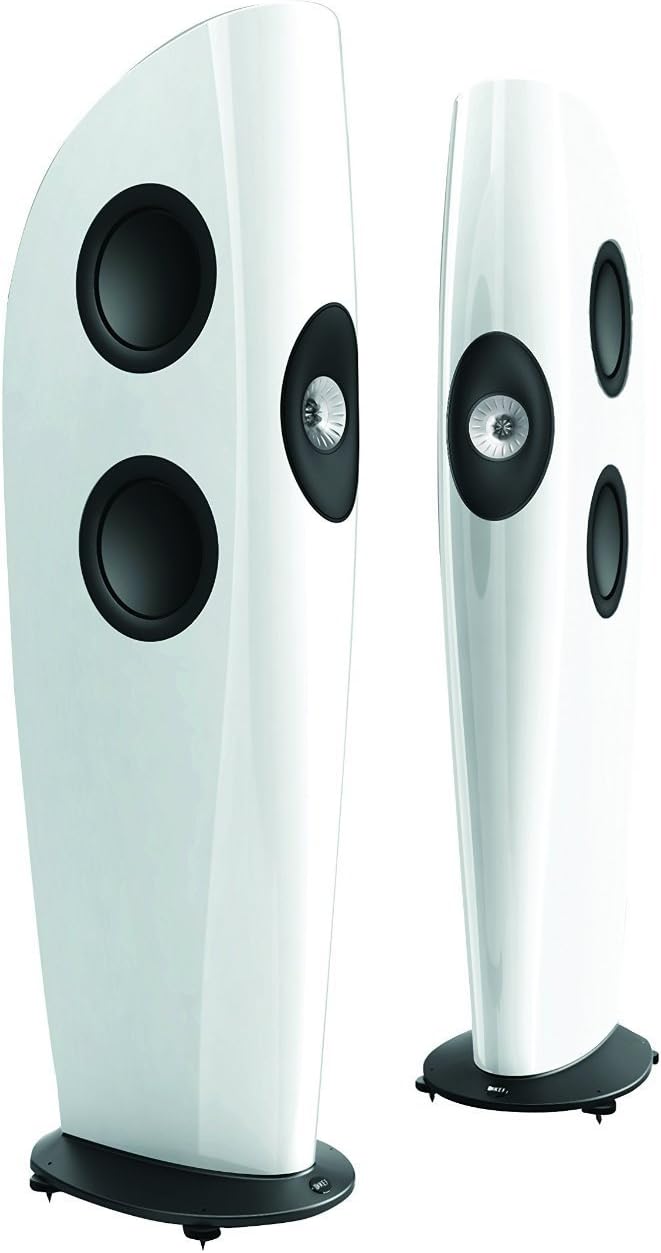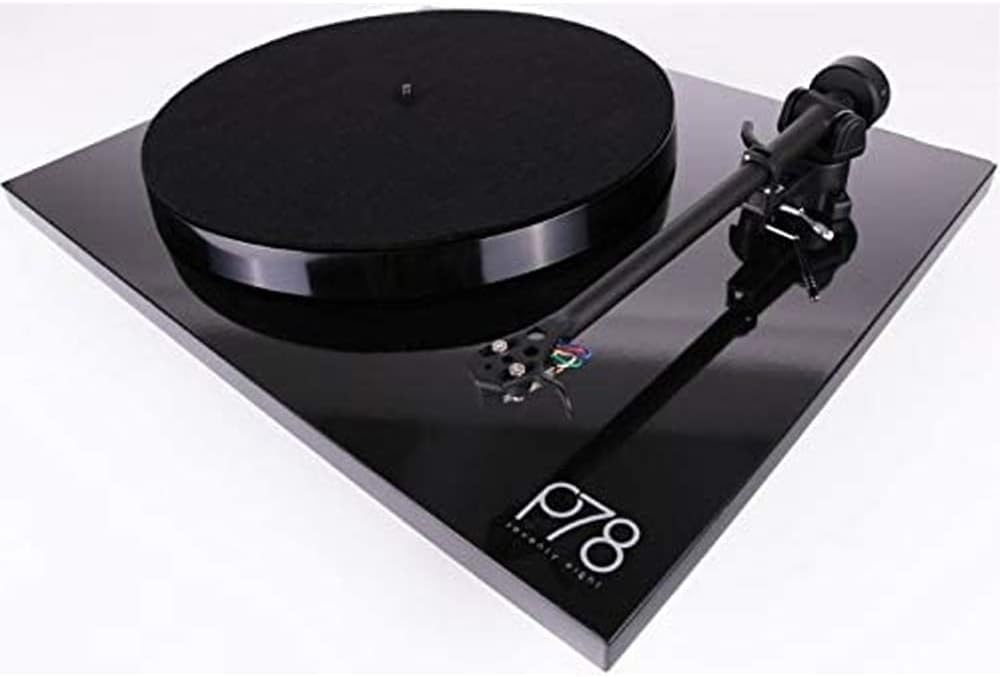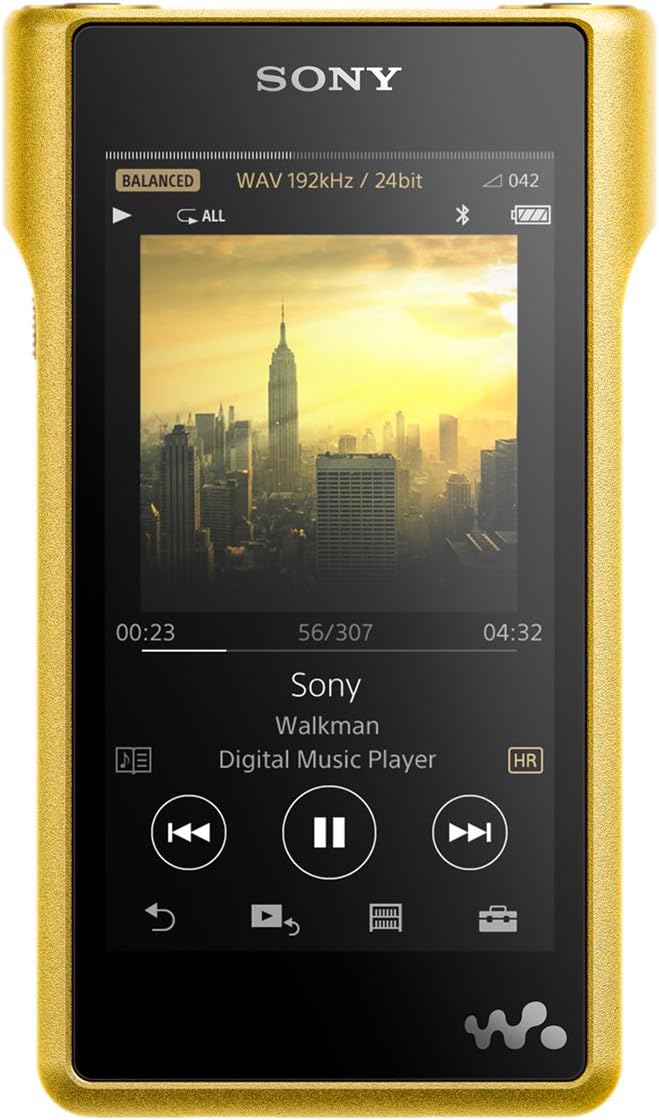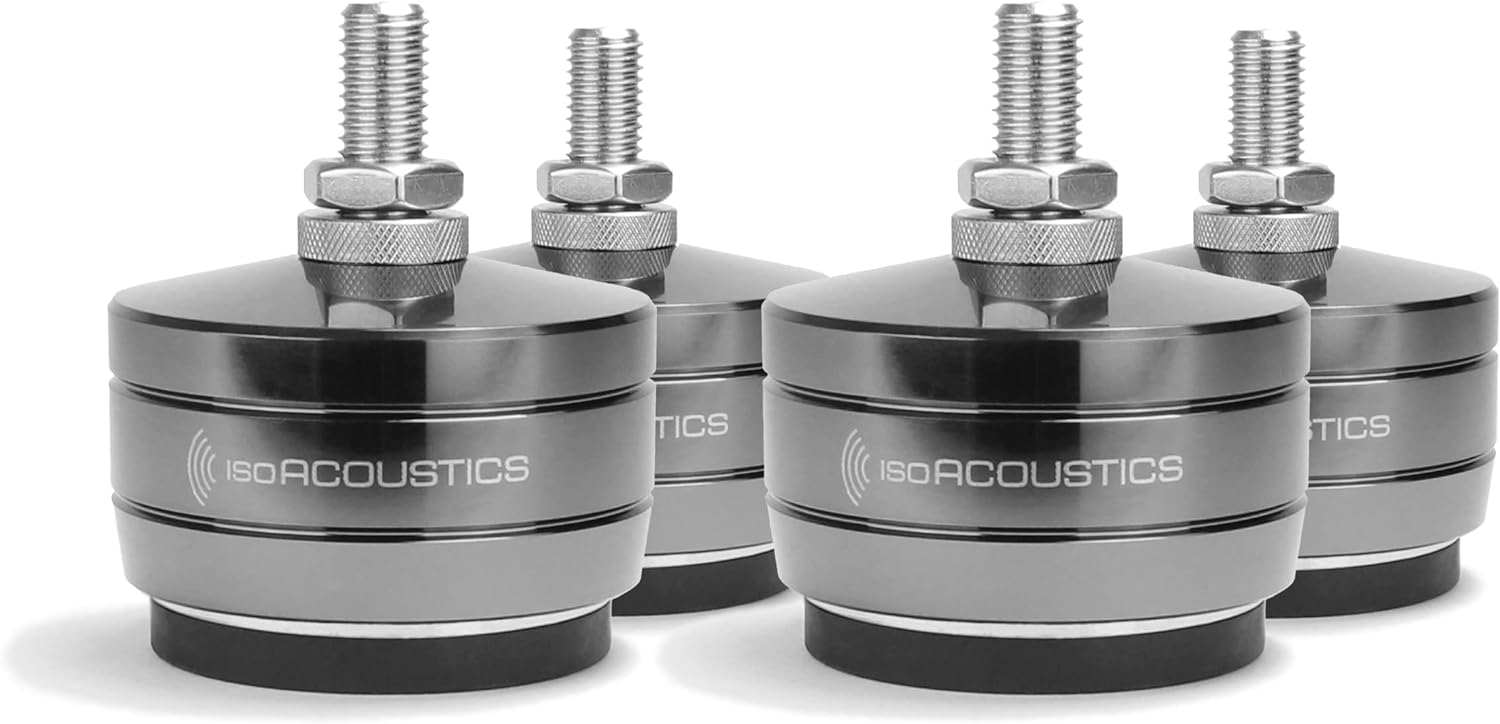Introduction to High-Fidelity Sound 🎶
High-fidelity sound is all about capturing the essence of music in its purest and most accurate form. Imagine listening to music that sounds exactly as it was intended in the recording studio – that’s the goal for anyone who loves great audio. Terms like lossless audio, bit rate, and sampling frequency might sound complex, but they’re really important for understanding what makes music sound its best. If you’re a music lover eager to get the most out of your listening experience, grasping these basics is a great place to start. This guide will help you understand these concepts in a simple way and show you how they affect the quality of the music you love.
Headphones and Earphones 🎧
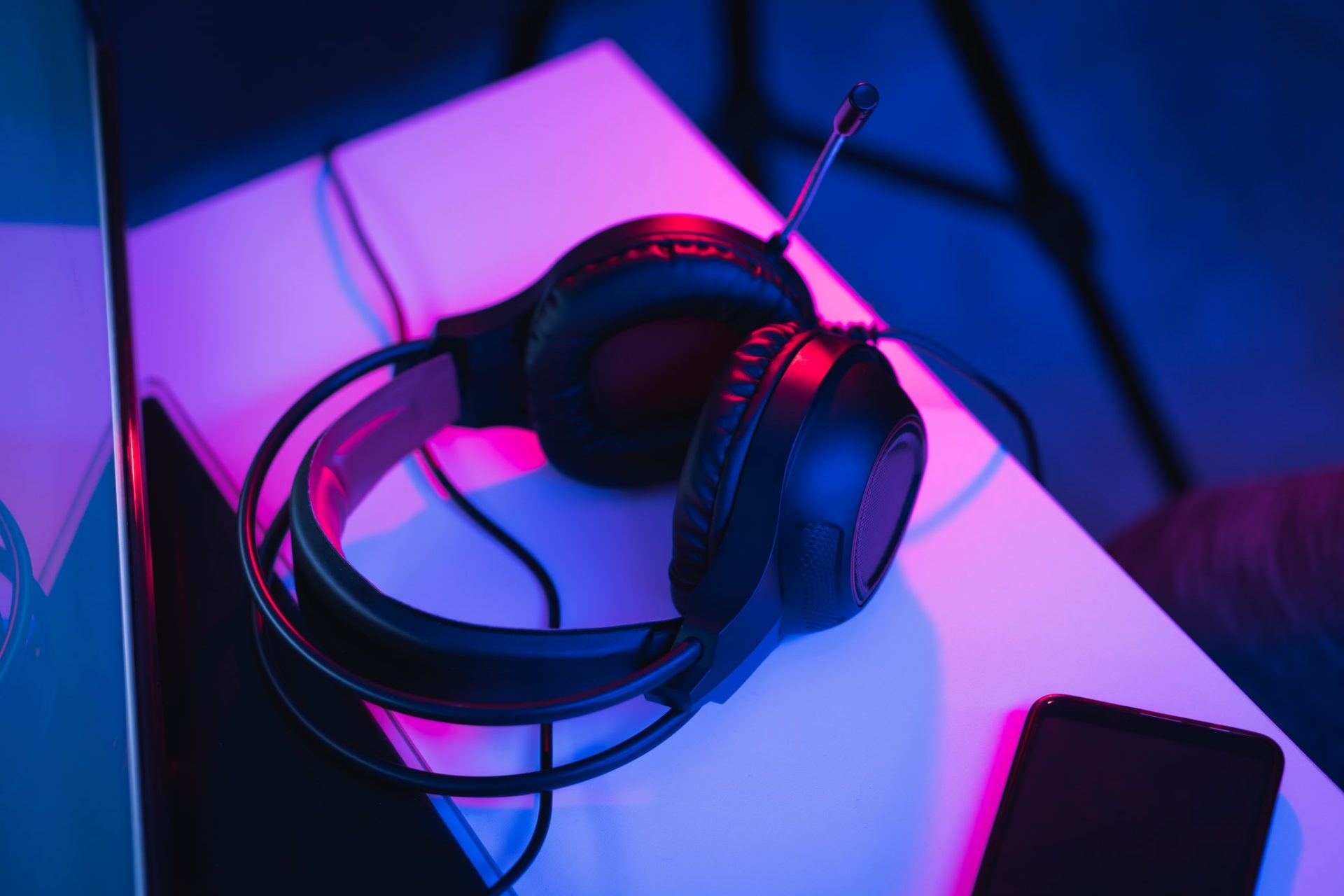
The World of Headphones and Earphones
For any music lover, the journey towards exceptional sound often begins with selecting the right headphones or earphones. These personal audio devices are more than just a means to listen to music; they’re your ticket to a world where every note, every beat, and every melody is heard in crystal clear detail.
Types and Their Unique Qualities
Over-ear headphones are known for their comfort and their ability to deliver rich, full-bodied sound. They cover your entire ear, creating a seal that helps block outside noise. This type of headphone is perfect for long listening sessions at home or in a quiet place.
On the other hand, on-ear headphones are a bit more compact. They sit on top of your ears and are great for people on the go. While they might not block out sound as well as over-ear models, they strike a nice balance between portability and sound quality.
In-ear earphones, also known as earbuds, are the most portable. They fit directly into your ear canal and are ideal for commuting, exercising, or anytime you need a compact solution. Modern in-ear earphones can provide surprisingly good sound quality, and some even offer noise-canceling features.
Sound Quality and Comfort
No matter which type you choose, two key factors to consider are sound quality and comfort. High-quality headphones or earphones should deliver clear, balanced sound. You should be able to hear the deep bass, the clear midrange, and the crisp highs without any part of the music being too overpowering.
Comfort is equally important, especially if you listen to music for extended periods. Look for headphones with soft padding and earphones with multiple ear tip sizes to ensure a good fit.
Build Quality and Durability
Another aspect to consider is build quality and durability. Well-built headphones or earphones can withstand daily use and last longer. Check the materials used, the strength of the cables, and the overall construction.
Suitability for Different Genres of Music
Different headphones and earphones can also vary in how well they suit different types of music. Some might be great for bass-heavy genres like hip-hop or electronic dance music, while others might excel in delivering the nuances of classical or jazz music. Consider the types of music you love when choosing your audio gear.
Brand Recommendations
There are many brands out there, but some, like Sennheiser and Bose, have built a reputation for quality and performance in the world of personal audio. Exploring their ranges is a good starting point for anyone looking to invest in a quality pair of headphones or earphones.
In the next sections, we’ll explore more audio equipment, but remember, finding the right headphones or earphones is a personal journey. What sounds perfect to one person might be different for another. It’s all about what sounds best to you!
Speakers and Sound Systems 🔊
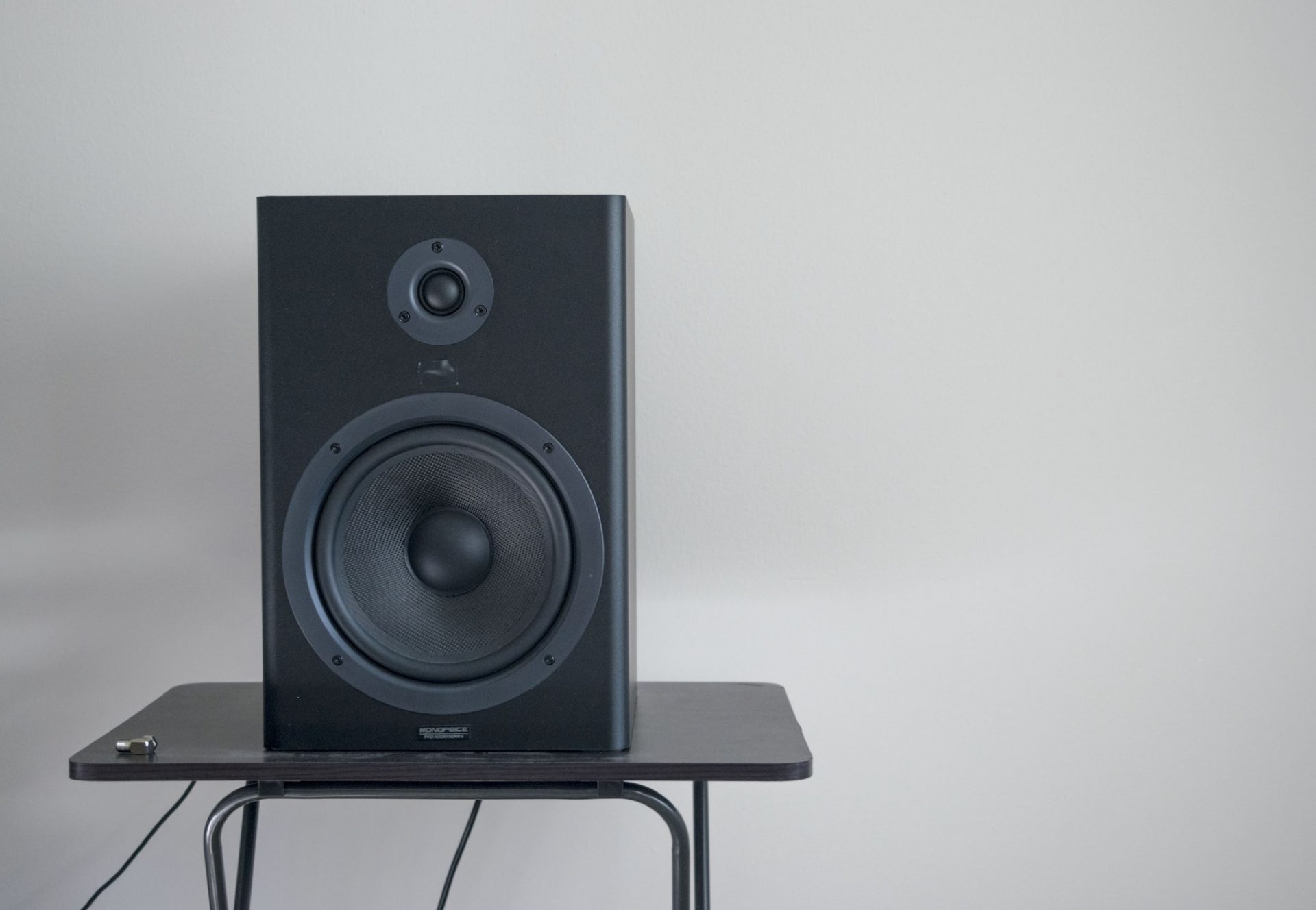
When it comes to enjoying music at home or in a larger space, speakers and sound systems play a crucial role. They are the powerhouse that brings your favorite tunes to life, filling the room with rich and detailed audio. From compact bookshelf speakers that fit in any room to large, floor-standing models that make a statement, there’s a wide range to choose from.
Types of Speakers
Bookshelf speakers are small, versatile, and ideal for tight spaces. Despite their size, many of these speakers can deliver impressive sound quality, making them a popular choice for a variety of listening environments.
Floor-standing speakers, as the name suggests, are larger and usually offer fuller, more robust sound. They’re perfect for larger rooms where you want the sound to fill the space. These speakers often provide better bass response and can handle a wider range of frequencies compared to smaller speakers.
Soundstage and Imaging
Two important aspects of speaker performance are soundstage and imaging. A good set of speakers can create a sense of space and depth in the music, making you feel as if each instrument and voice is in its own distinct place. This spatial quality adds a whole new dimension to your listening experience.
Frequency Response and Power Handling
Understanding a speaker’s frequency response is key. This tells you the range of sound that the speaker can reproduce. A wider frequency response generally means you’ll hear more of the low bass and high treble in your music.
Power handling is another important factor. It refers to how much power a speaker can handle from an amplifier without distortion. Knowing this helps in choosing the right amplifier for your speakers.
Wireless and Smart Speakers
In today’s digital age, wireless and smart speakers have become increasingly popular. These speakers offer the convenience of playing music wirelessly from your smartphone, tablet, or computer. Many smart speakers also come with voice assistant capabilities, making them a central part of a smart home setup.
Brands and Quality
Brands like Sonos and Bose are known for their quality wireless and smart speaker options. They offer a range of products that cater to different needs, from compact, single-room solutions to larger systems that can fill your entire home with sound.
Choosing the right speakers and sound systems comes down to understanding your own needs and preferences. Consider the size of your room, the types of music you enjoy, and how you like to listen to your music. Whether it’s through the richness of vinyl, the convenience of streaming, or the power of a live-sounding setup, the right speakers can transform your listening experience.
In the next sections, we’ll delve into other essential audio equipment, including turntables and digital audio players, to complete your perfect sound system.
Turntables and Vinyl Record Players 🎛️
The resurgence of vinyl records has reignited the passion for turntables and vinyl record players among music lovers. There’s something special about the ritual of playing a vinyl record—the tactile sensation of handling the record, the visual appeal of album art, and the warm, rich sound quality that vinyl is known for.
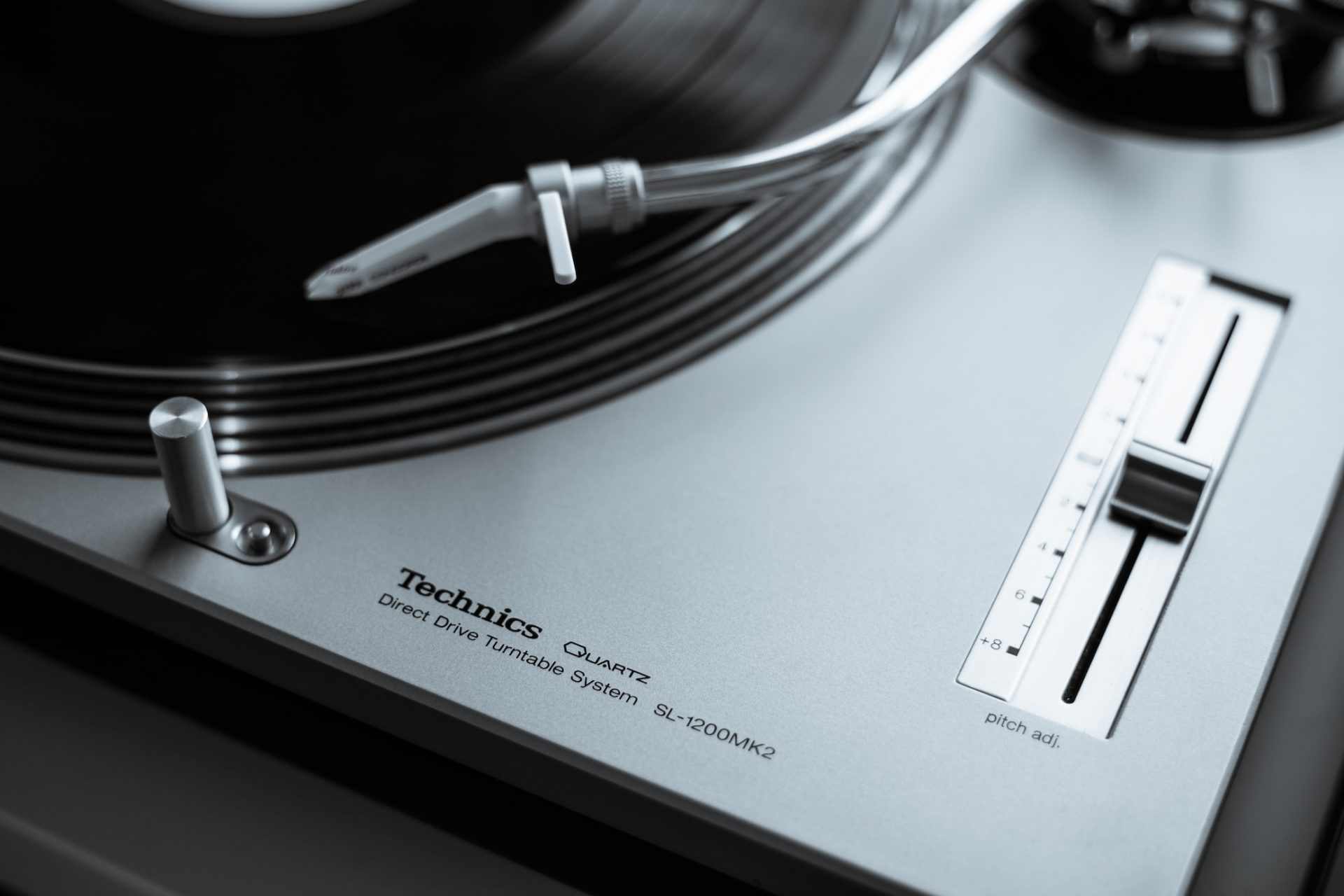
Understanding Turntable Components
A turntable consists of several key components, each playing a vital role in sound reproduction:
- Platter: This is where you place the record. A heavier platter reduces vibration and improves sound stability.
- Tonearm and Cartridge: The tonearm guides the cartridge and stylus (needle) across the record. The cartridge converts the mechanical movements of the stylus into an electrical signal. The quality of the cartridge and stylus is crucial for accurate sound reproduction.
- Drive Types: Turntables are typically classified as either belt-drive or direct-drive. Belt-drive turntables use an elastic belt to connect the motor to the platter, which can reduce motor noise and vibration. Direct-drive turntables have the motor directly connected to the platter, offering more consistent speeds and quicker start-up times, often preferred by DJs.
The Analog Experience of Vinyl
Listening to vinyl is about more than just sound; it’s an experience. The process of dropping the needle onto a record and hearing the initial crackles creates a nostalgic and intimate connection with the music. Vinyl playback has a unique character—some describe it as warmer and more ‘alive’ than digital formats.
Choosing a Turntable
When selecting a turntable, consider factors like build quality, ease of setup, and whether it comes with a pre-mounted cartridge. Some turntables offer additional features like USB outputs for digitizing your records or built-in preamps for easy integration with your sound system.
Brands to Consider
For those looking to dive into the world of vinyl, brands like Audio-Technica and Pro-Ject offer a range of options from entry-level to high-end models. These brands are well-regarded for their build quality and performance, providing a great starting point for both new and experienced vinyl enthusiasts.
Whether you’re a long-time vinyl collector or new to the format, a good turntable can significantly enhance your listening experience. It’s a window into the past and a way to experience music in its most tangible form. In the next sections, we’ll explore digital audio players and streaming devices, offering a contrast to the analog world of vinyl.
Digital Audio Players (DAPs) and Streaming Devices 📱

The Era of Digital Music
In the age of digital convenience, Digital Audio Players (DAPs) and streaming devices have become central to the music listening experience. These devices provide an easy way to access a vast library of music, offering both portability and high-quality sound.
Digital Audio Players (DAPs)
DAPs are designed for audiophiles who want the best sound quality on the go. Unlike regular smartphones or MP3 players, DAPs are focused on delivering high-resolution audio. They support a wide range of file formats, including lossless formats like FLAC and WAV, which preserve the full quality of the original recording.
When choosing a DAP, consider the following:
- Audio Quality: Look for devices with high-quality DACs (Digital-to-Analog Converters) and amplifiers that can bring out the best in your music.
- Storage Capacity: High-resolution audio files are larger, so choose a player with ample storage or the ability to expand storage via microSD cards.
- Battery Life: Longer battery life means more uninterrupted listening time.
- User Interface: A user-friendly interface enhances the overall experience.
Streaming Devices
Streaming devices offer the convenience of accessing a wide array of music without the need for physical media or file storage. Devices like network streamers connect to your home network, allowing you to play music from online services like Spotify and Tidal, which offer high-quality streaming options. Some streaming devices also integrate with smart home systems for easy control and multi-room audio setups.
The Importance of DACs
A key component in both DAPs and streaming devices is the DAC. This little piece of technology is what turns digital audio files into the analog sound we can hear. A good DAC can make a noticeable difference in audio quality, reducing noise and distortion and improving clarity and detail.
Brands and Recommendations
For DAPs, brands like Sony and Fiio are popular among audiophiles for their sound quality and build. In the realm of streaming, look into brands like Sonos for user-friendly multi-room systems and Cambridge Audio for high-fidelity streaming components.
Whether you prefer the tactile experience of a DAP or the convenience of streaming, these digital devices offer a world of music at your fingertips. They represent a perfect blend of modern technology and audiophile-grade sound quality. In the next sections, we’ll move on to amplifiers and receivers, another critical component of any high-quality audio setup.
Amplifiers and Receivers 🔌
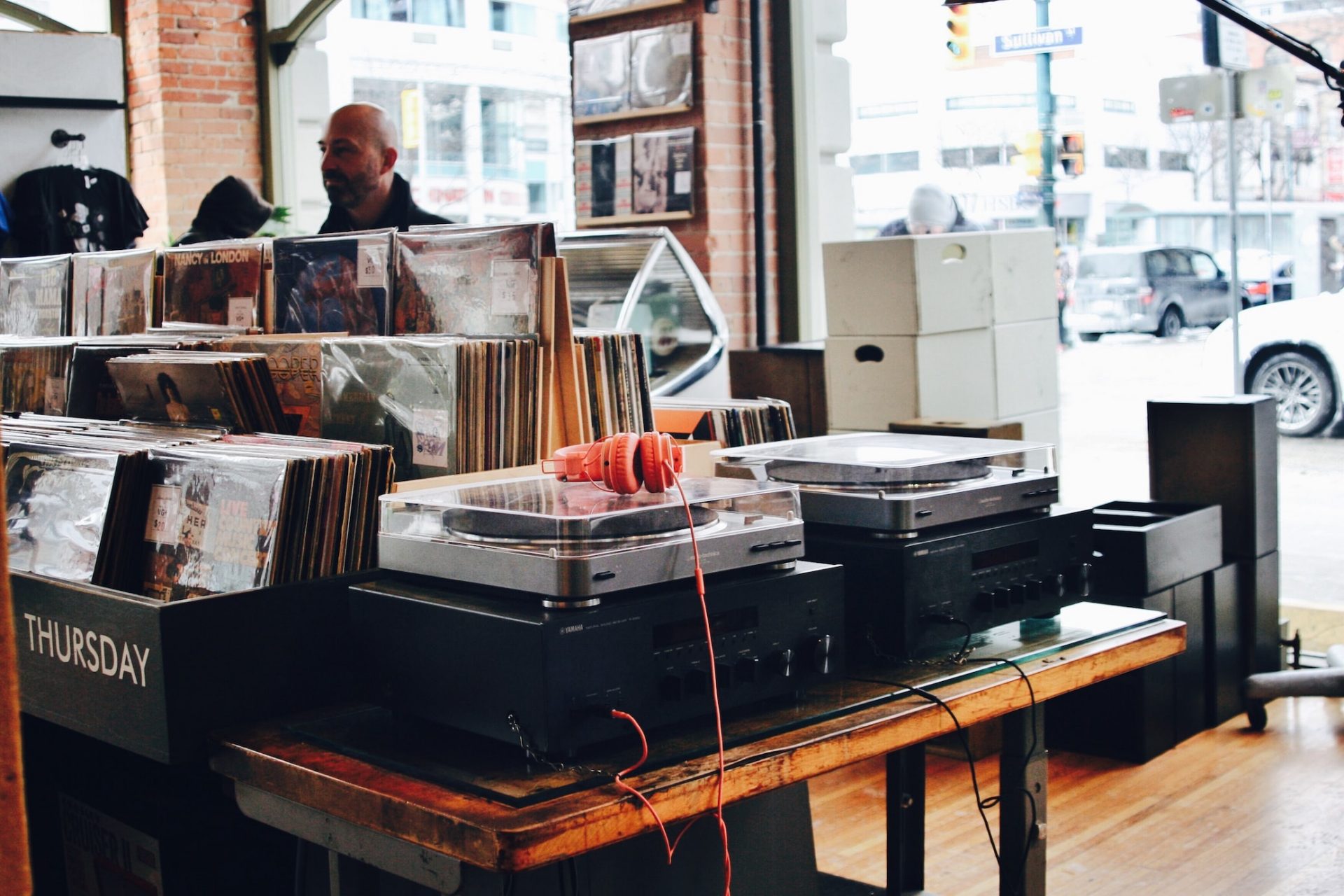
The Heart of Your Audio Setup
Amplifiers and receivers are the powerhouses in any audio system, responsible for bringing your music to life. They take the audio signal and boost it, making it strong enough to drive your speakers and deliver sound that fills the room. Understanding their role and features is crucial for building an audio setup that meets your listening preferences.
Amplifiers: Boosting Your Sound
An amplifier is focused solely on amplifying audio signals. It’s a key component if you’re building a system from scratch or upgrading your current setup. When choosing an amplifier, consider:
- Power Ratings: This determines how loud and clear your system can play without distortion. More power generally means better sound quality at higher volumes.
- Connectivity: Look for amplifiers with enough inputs and outputs to connect all your devices, like turntables, CD players, or digital audio players.
Receivers: The All-in-One Solution
Receivers are essentially amplifiers with a built-in radio tuner and, in many cases, additional features like network streaming, Bluetooth connectivity, and more. They are a great all-in-one solution, especially for home theater setups. Key features to look for include:
- Channels: This indicates how many speakers you can connect. A 5.1 channel receiver, for example, supports a classic home theater setup.
- Video Support: If you’re using it for a home theater, check for compatibility with the latest video standards like 4K and HDR.
- Network Capabilities: Many modern receivers offer Wi-Fi and Ethernet connections for streaming music.
Tube vs Solid-State Technology
Amplifiers and receivers come in two main types: tube and solid-state. Tube amplifiers use vacuum tubes and are known for their warm, rich sound. They’re often favored by audiophiles for their sonic characteristics. Solid-state models, on the other hand, use modern transistors and are more reliable, powerful, and require less maintenance.
Brands to Consider
For amplifiers, brands like Marantz and Yamaha are renowned for their quality and performance. In the world of receivers, Denon and Onkyo are known for their feature-rich and high-fidelity models.
Whether you choose an amplifier for pure audio fidelity or a receiver for a feature-packed audio-visual experience, these components are vital for a dynamic and immersive sound experience. Up next, we’ll explore the often overlooked yet important world of cables and accessories in an audio setup.
Cables and Accessories 🔗
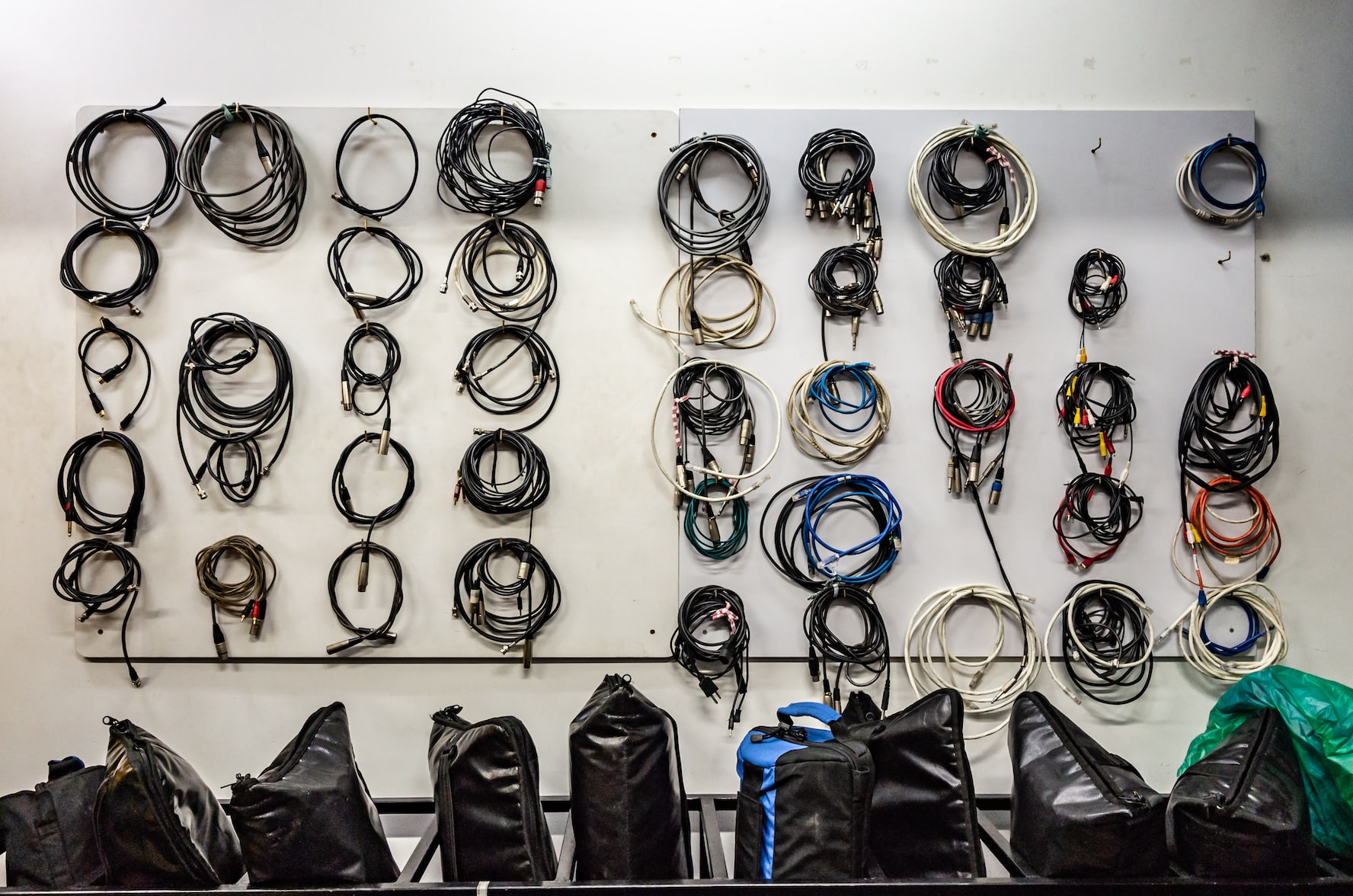
The Unsung Heroes of Sound Quality
While often overlooked, cables and accessories are essential in connecting and enhancing your audio system. They might seem like small details, but the right cables and accessories can make a significant difference in sound quality and system performance.
Understanding Cables
Audio cables come in various types and qualities, each serving a specific purpose:
- Interconnect Cables: These cables connect your audio components, like a CD player to an amplifier. Look for high-quality interconnects that can carry the audio signal without interference or loss.
- Speaker Cables: These connect your amplifier or receiver to your speakers. Good speaker cables deliver the amplified signal to your speakers with minimal resistance and signal loss.
The material, construction, and shielding of cables affect their performance. While expensive cables can offer better quality, there’s a point of diminishing returns. It’s important to find a balance between quality and value.
Power Conditioning and Surge Protection
Power conditioning is another aspect to consider. High-quality power conditioners can filter out electrical noise and provide clean power to your audio equipment, potentially improving sound quality. Similarly, a good surge protector is crucial to protect your valuable equipment from power spikes and surges.
Accessories for Optimization
Other accessories that can improve your audio experience include:
- Turntable Mats: These can reduce vibration and static, improving vinyl playback quality.
- Speaker Stands and Mounts: Properly positioning your speakers can greatly enhance sound quality. Stands and mounts help in achieving the ideal placement and angle.
- Acoustic Treatments: Room acoustics play a significant role in how you experience sound. Adding acoustic panels or diffusers can help control reverberations and reflections, leading to clearer and more balanced sound.
Brands and Recommendations
For cables, brands like AudioQuest and Monster offer a range of options with good performance. For power conditioning and surge protection, look into APC or Furman.
Investing in quality cables and accessories is as important as choosing the right audio equipment. They work together to ensure that you get the best performance from your audio system. In the next section, we will discuss room acoustics and sound treatment, another critical aspect of creating the perfect listening environment.
Room Acoustics and Sound Treatment 🏠

Crafting the Ideal Listening Environment
The influence of room acoustics on your audio experience is profound. Even the best audio equipment can’t reach its full potential in a room with poor acoustics. Understanding and optimizing your room’s acoustics can transform a good listening experience into a great one.
The Basics of Room Acoustics
Room acoustics refers to how sound behaves in a space. Sound waves can bounce off walls, floors, and ceilings, leading to echoes, reverberations, and sound distortion. The shape, size, and contents of a room all impact its acoustic properties.
Soundproofing and Isolation
Soundproofing is the first step in improving room acoustics. It involves minimizing the amount of sound that enters or leaves a room. This can be particularly important if you live in a noisy environment or want to avoid disturbing others. Simple measures like sealing gaps around doors and windows can significantly reduce external noise.
Speaker Placement
Optimal speaker placement can drastically enhance sound quality. Speakers should be positioned to create an equilateral triangle with the listener, with tweeters at ear level. This arrangement ensures a balanced and immersive soundstage. Avoid placing speakers too close to walls or corners, as this can overly emphasize bass frequencies.
Acoustic Treatments
Acoustic treatments can control sound reflections and improve sound clarity:
- Acoustic Panels: These absorb sound waves, reducing reflections and echo. They are particularly effective on walls and ceilings.
- Bass Traps: Placed in room corners, bass traps absorb low-frequency sounds, preventing bass from becoming muddy or overpowering.
- Diffusers: These scatter sound waves, reducing focused reflections and creating a more natural listening environment.
DIY vs Professional Solutions
While there are DIY options for room treatments, professional solutions often provide better results. It’s important to strike a balance between functionality and aesthetics, especially in living spaces.
Room acoustics and sound treatment are crucial for any serious audiophile. By creating the right environment, you can fully appreciate the nuances and quality of your audio system. Up next, we’ll explore budget-friendly picks for audio equipment, ensuring great sound doesn’t have to mean a great expense.
Budget-Friendly Picks 💰
Believing that high-quality audio is only for the wealthy is a common misconception. In reality, there are numerous budget-friendly options that can deliver an excellent audio experience without costing a fortune. This section is dedicated to guiding you through some of the best value-for-money picks in the audio world.
Headphones and Earphones
You don’t have to spend hundreds to get a good pair of headphones or earphones. Brands like Audio-Technica and Sony offer models that provide great sound quality at an affordable price. Look for options that balance sound quality with comfort and durability.
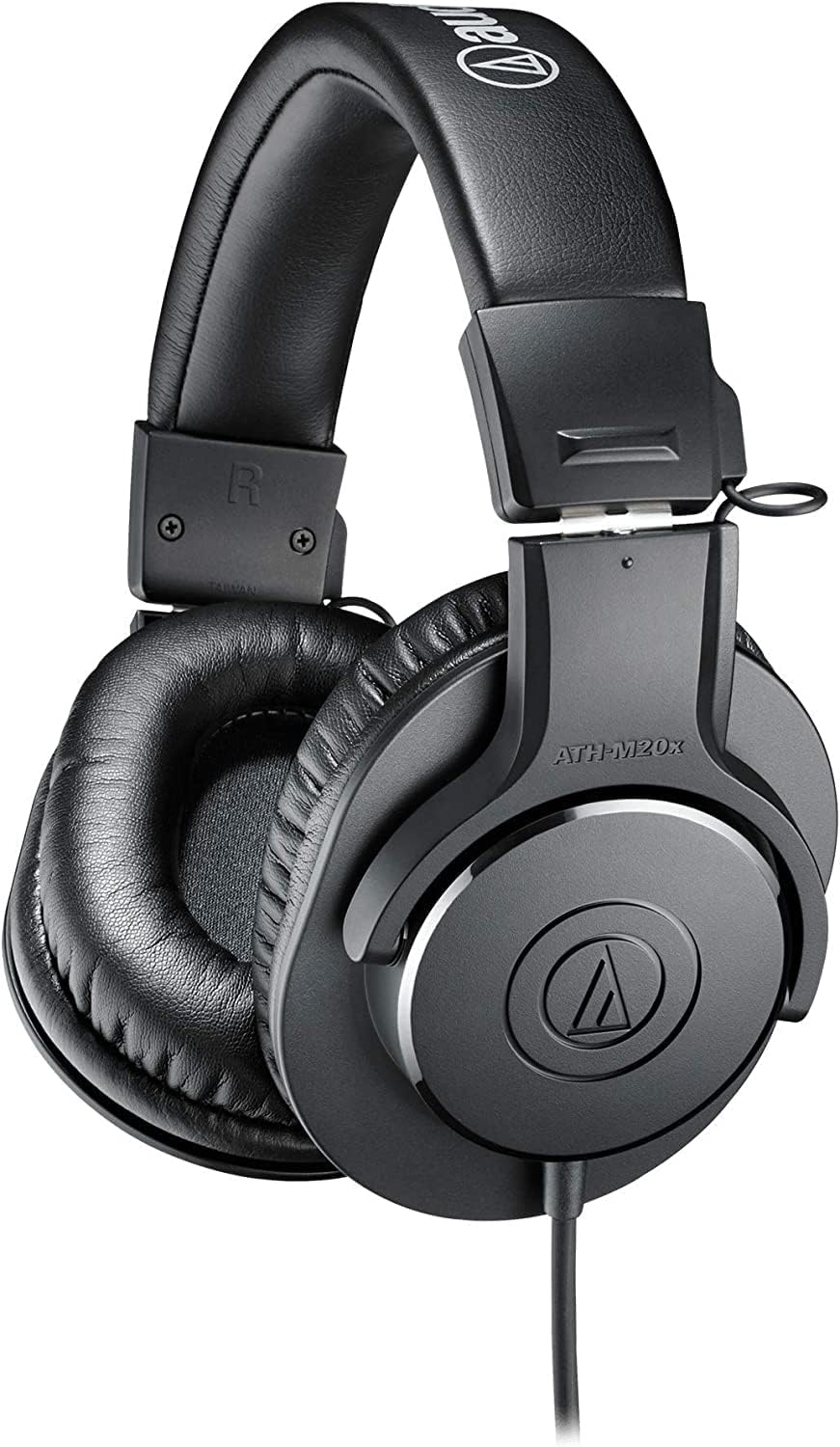
Audio-Technica ATH-M20x: These over-ear headphones are praised for their excellent sound clarity and comfortable fit. They are a great choice for those new to high-fidelity audio.
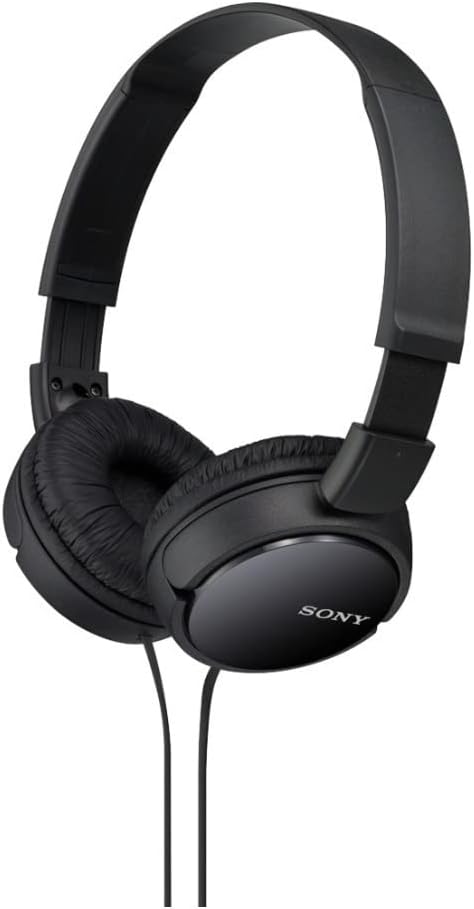
Sony MDRZX110/BLK ZX Series Stereo Headphones: Known for their lightweight design and clear sound, these on-ear headphones are ideal for casual listening and offer great value for their price.
Bookshelf Speakers
For those looking to improve their home audio setup, bookshelf speakers are a great starting point. Brands like Pioneer and Polk Audio offer speakers that perform well above their price point, delivering clear, detailed sound in a compact form.
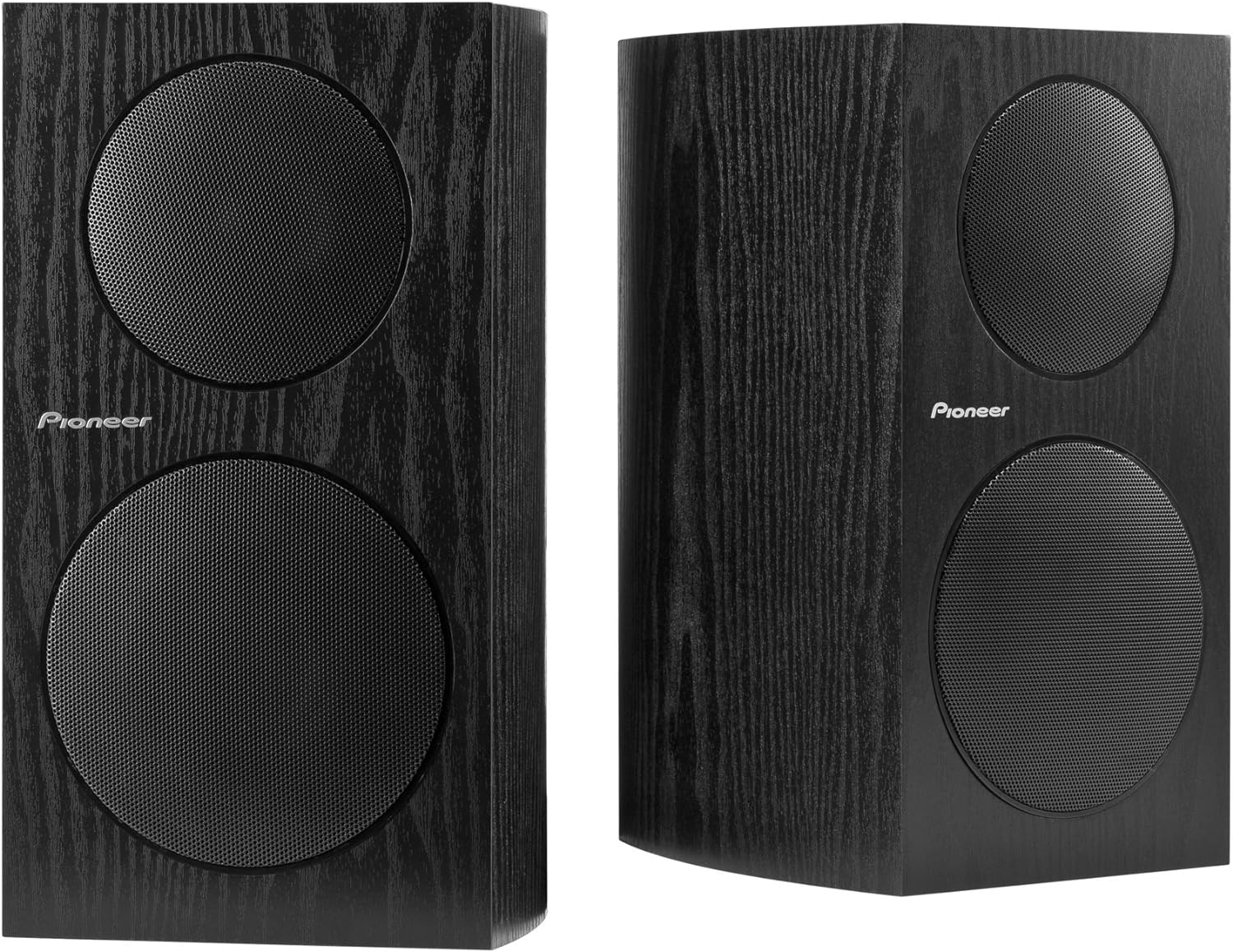
Pioneer SP-BS22-LR: Designed by renowned engineer Andrew Jones, these speakers are known for their exceptional soundstage and balanced audio performance. They’re a fantastic entry point into high-quality home audio.
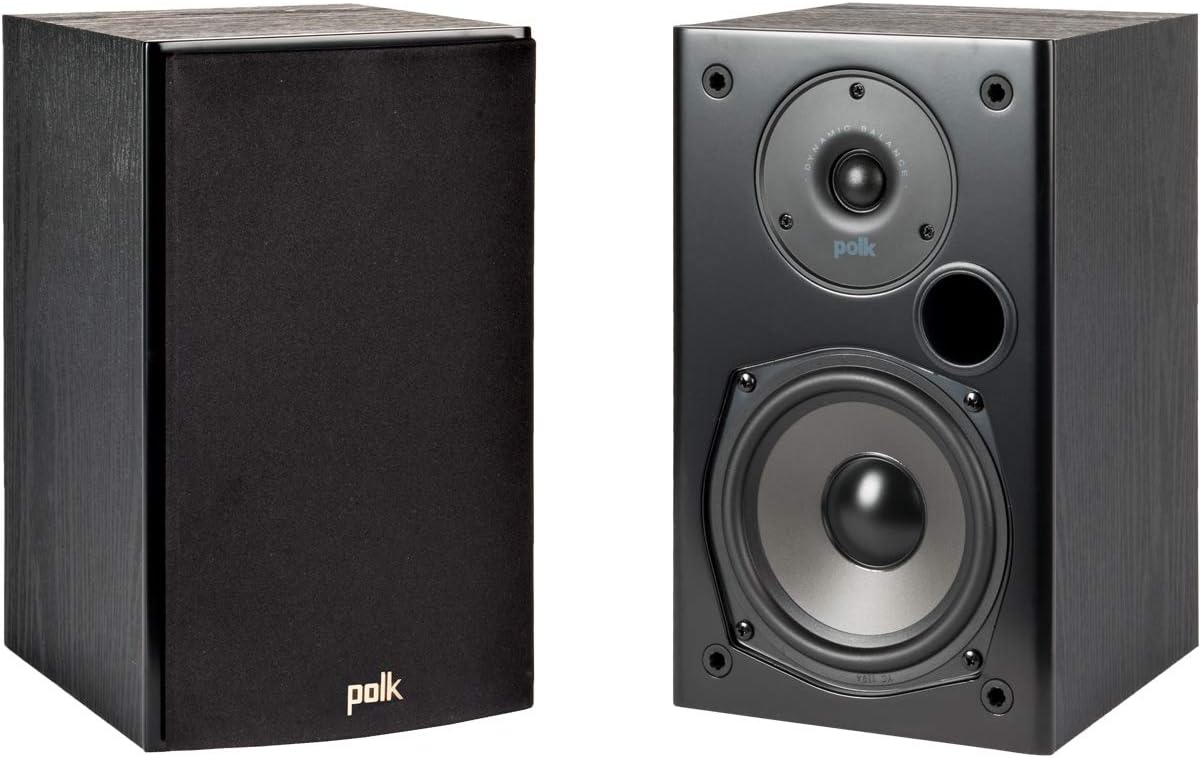
Polk Audio T15: These speakers stand out for their wide dispersion and deep bass, making them suitable for both music and home theater setups, all while remaining highly affordable.
Turntables
Getting into vinyl doesn’t have to be expensive. There are budget-friendly turntables that offer a great listening experience without the high price tag. Look for models from companies like Fluance and Audio-Technica, which provide quality construction and good sound quality.
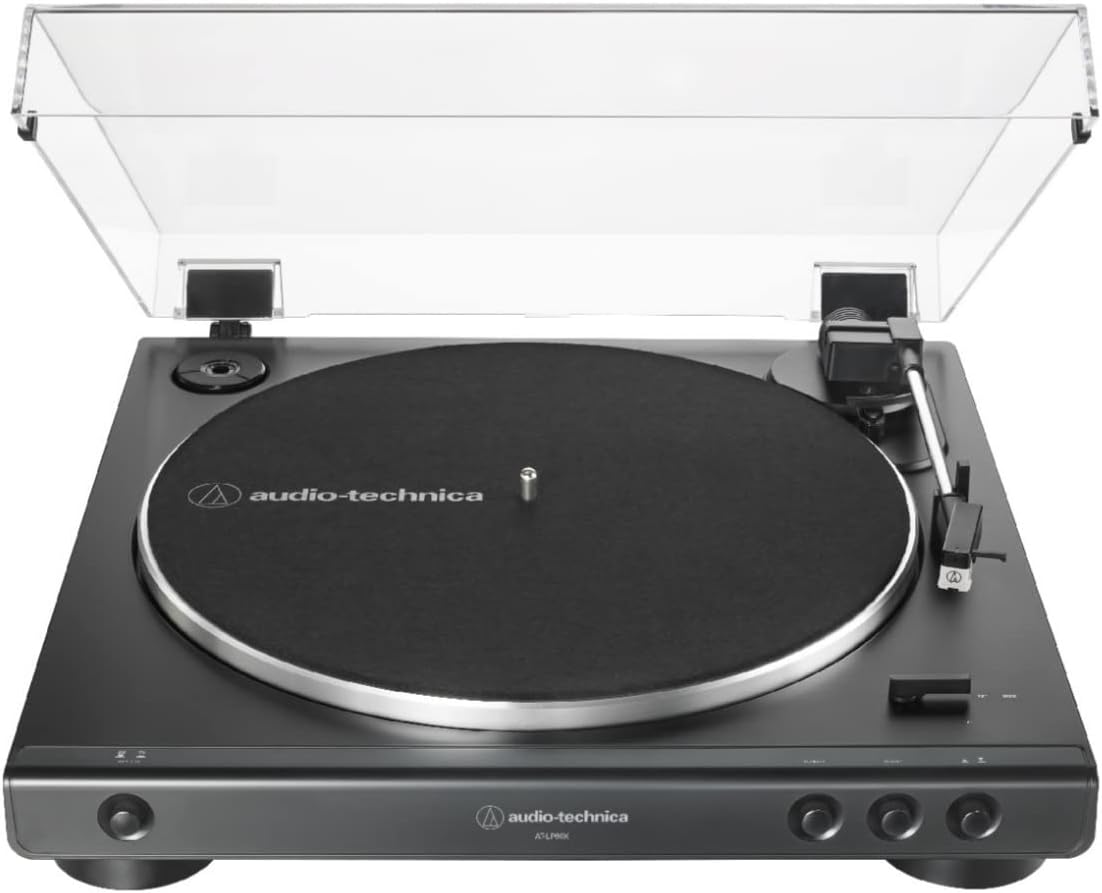
Audio-Technica AT-LP60X: This fully automatic belt-drive turntable is an excellent choice for beginners. It offers great sound quality and ease of use, making it perfect for those just starting with vinyl.
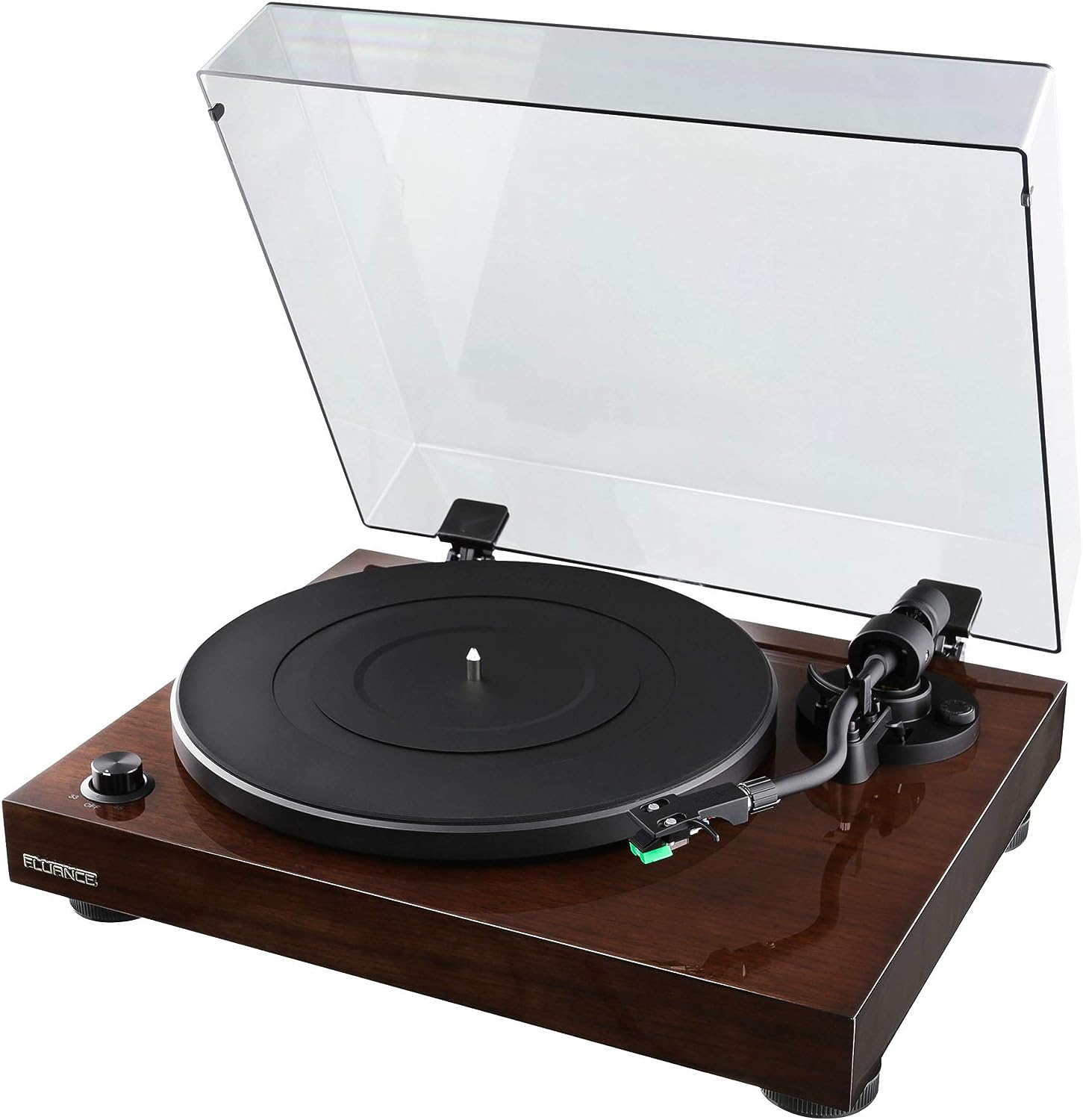
Fluance RT81: This turntable strikes a balance between quality and affordability. It’s well-built, looks great, and provides a warm, natural sound that vinyl enthusiasts will appreciate.
Digital Audio Players (DAPs)
For portable high-resolution music, affordable DAPs are available from brands like Fiio and SanDisk. These players support various audio formats and offer a significant upgrade over standard smartphone audio.
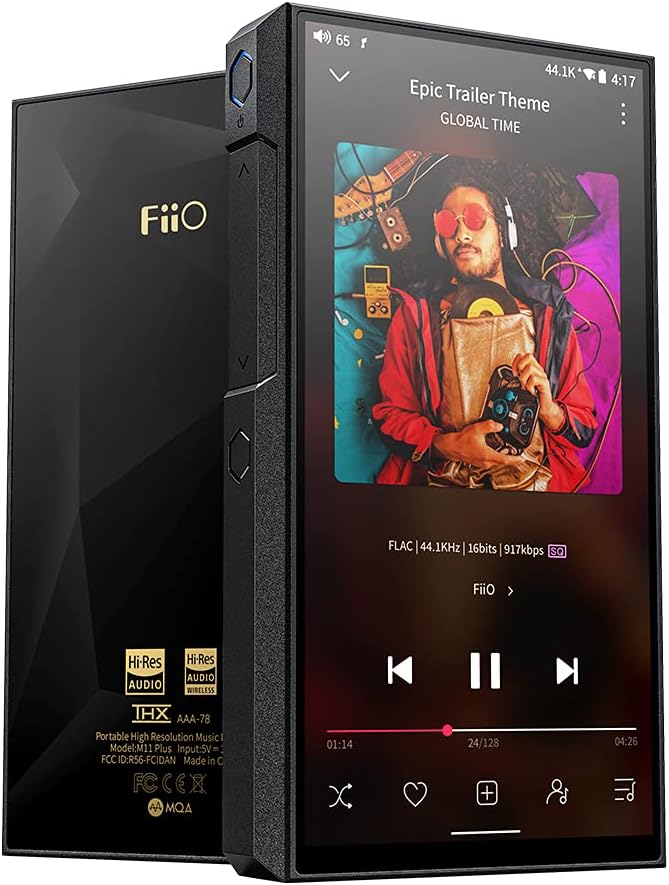
Fiio M3K: Compact and capable, this DAP supports high-resolution audio files and has a simple, user-friendly interface. Its sound quality is impressive for its price range.

SanDisk Clip Jam: This tiny player is extremely budget-friendly and portable, with decent sound quality and a simple interface, making it perfect for on-the-go listening.
Amplifiers and Receivers
Affordable yet high-quality amplifiers and receivers can be found from brands like Yamaha and Sony. They offer the essential features needed for a solid audio setup, without the extra bells and whistles that can drive up the cost.
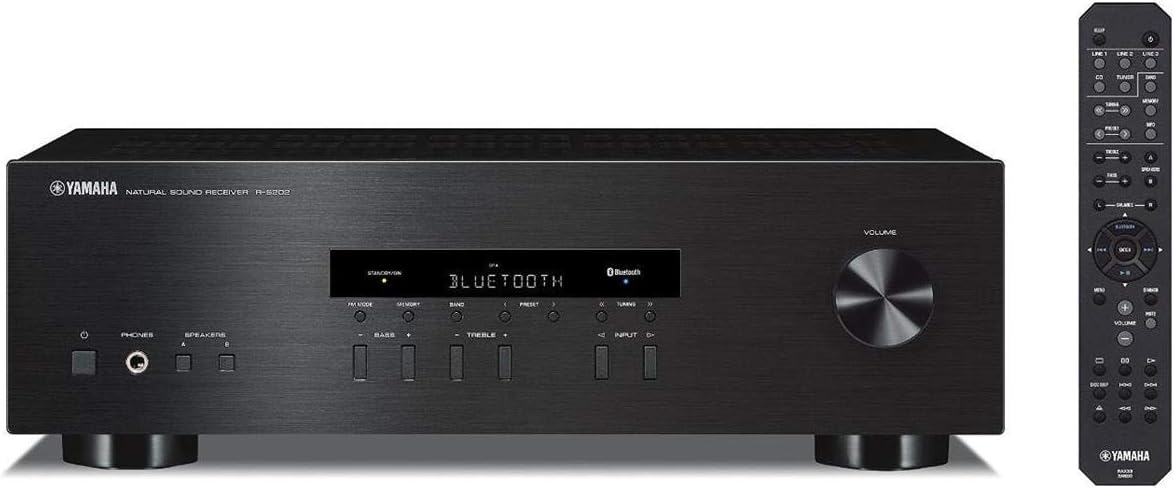
Yamaha R-S202BL Stereo Receiver: Known for its reliable performance and excellent build quality, this receiver offers Bluetooth connectivity, making it a great modern option for those on a budget.

Sony STRDH190 2-ch Stereo Receiver: This receiver combines affordability with versatility, offering connectivity for turntables and Bluetooth devices, and is well-suited for a basic home audio setup.
Accessories
Cables, stands, and other accessories don’t need to be high-end to be effective. Reliable, budget-friendly options are available that can enhance your setup without a significant investment.
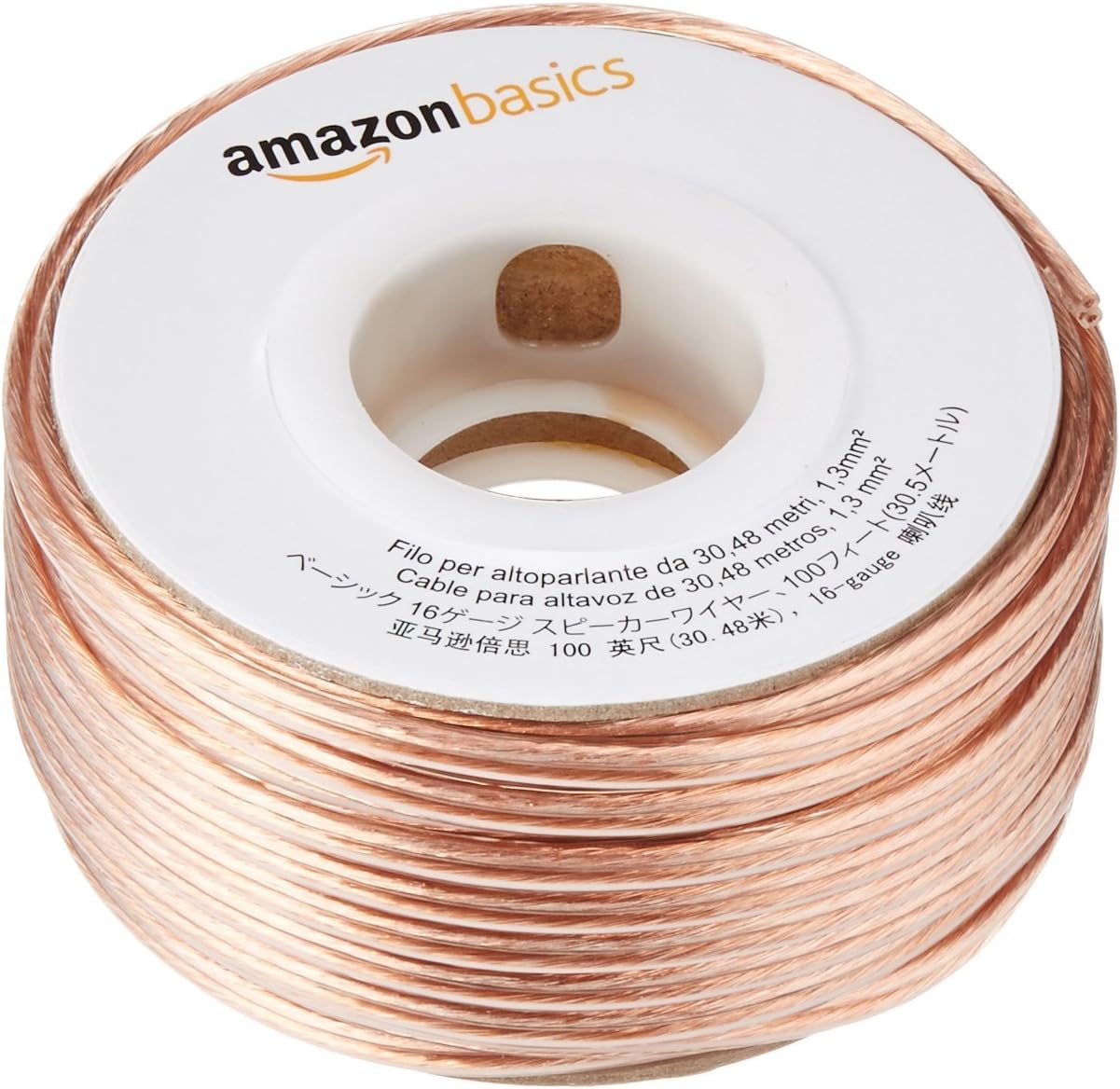
AmazonBasics Speaker Cable: Reliable and affordable, this cable is perfect for connecting speakers to receivers or amplifiers without sacrificing sound quality.
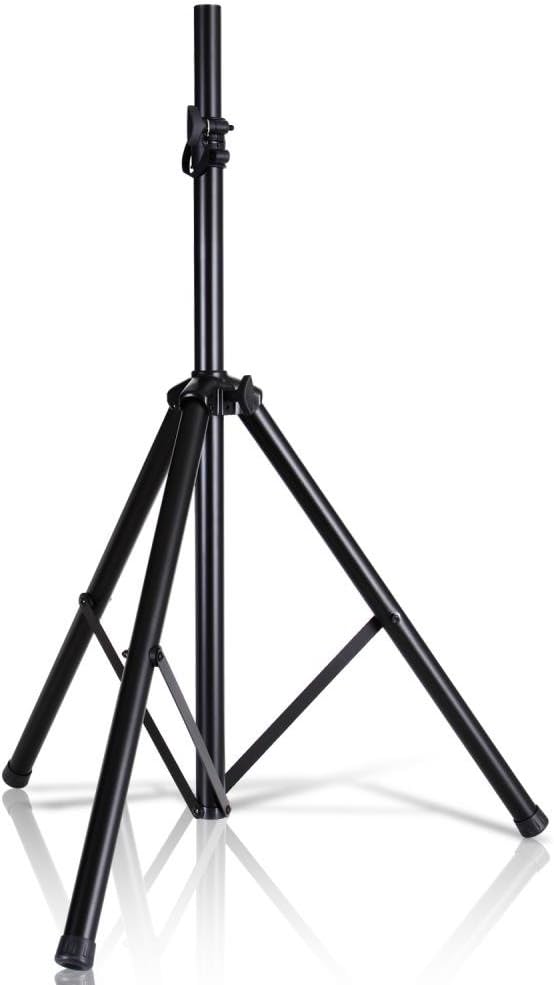
Pyle-Pro PSTND2 Tripod Speaker Stand: This stand is sturdy, adjustable, and provides a stable platform for optimal speaker positioning.
These budget-friendly picks prove that you can enjoy high-quality sound without a hefty investment. Each recommended model offers a great balance of performance and value, making them ideal for audiophiles on a budget. Quality audio equipment doesn’t always mean a high price. With careful selection and a bit of research, you can build an impressive audio setup on a budget. In the next section, we will dive into the world of high-end and luxury audio equipment for those looking to indulge in top-tier audio experiences.
High-End and Luxury Audio Equipment 💎
For audiophiles who seek the ultimate in audio quality and craftsmanship, the high-end and luxury segment of audio equipment offers an unparalleled experience. This section highlights some of the finest products in the market, known for their exceptional performance and exquisite design.
Headphones and Earphones
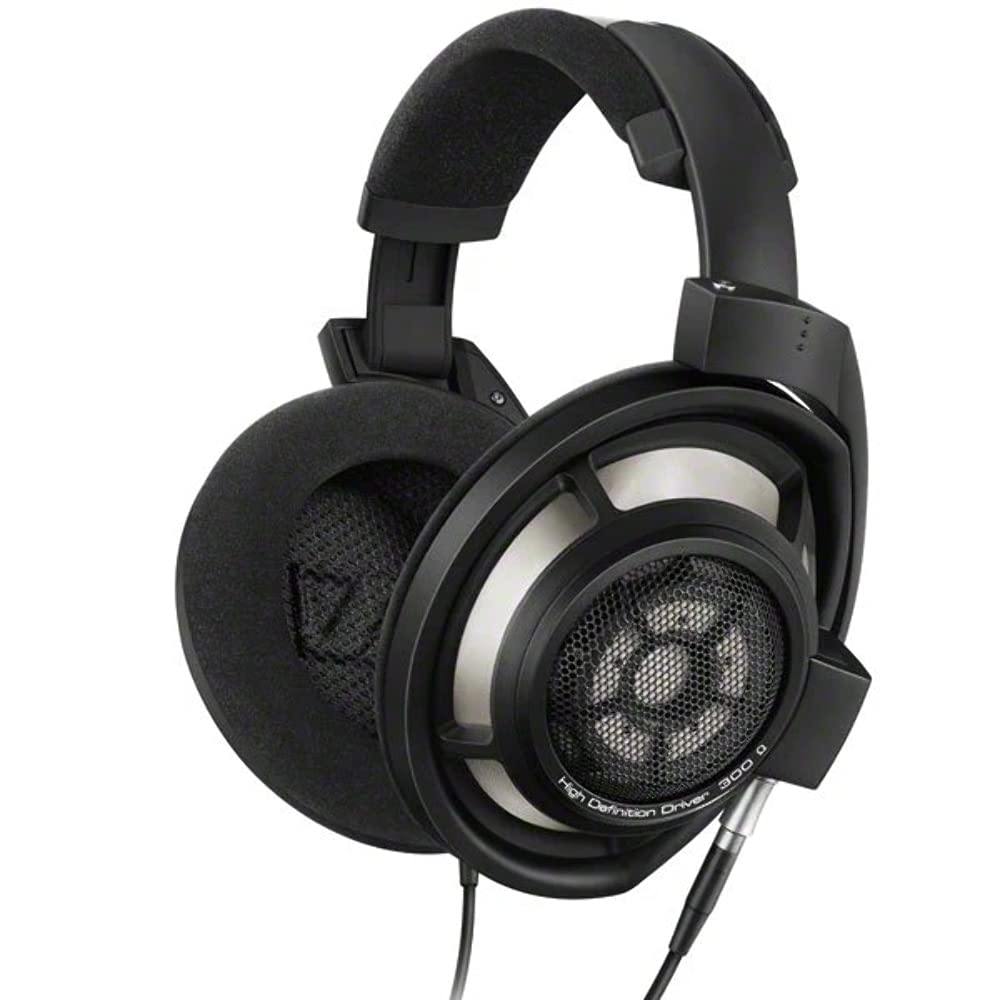
Sennheiser HD 800 S: Renowned for their outstanding soundstage and detail, these open-back headphones are a favorite among audiophiles. They provide an immersive listening experience with natural sound reproduction.
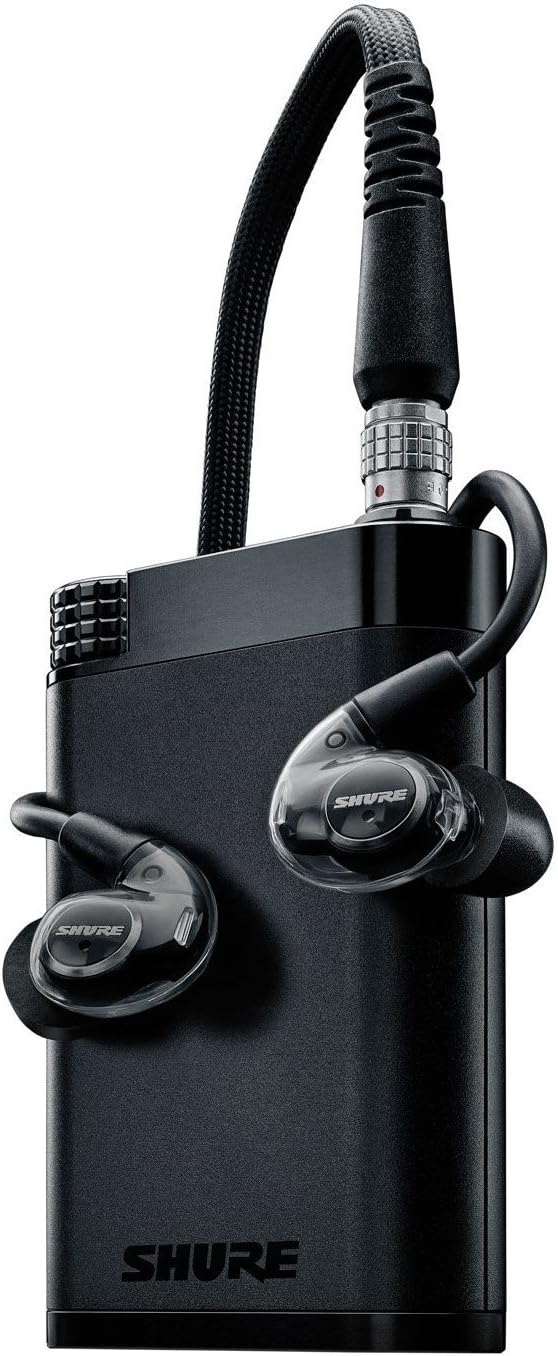
Shure KSE1200 Electrostatic Earphone System: This earphone system is known for its unmatched clarity and precision. It’s a portable solution that brings high-end audio directly to your ears.
Speakers

Bowers & Wilkins 800 D3: Part of B&W’s prestigious 800 series, these floor-standing speakers are a masterpiece in both sound and design. They deliver incredibly accurate and detailed audio, making them a top choice for discerning listeners.
Turntables
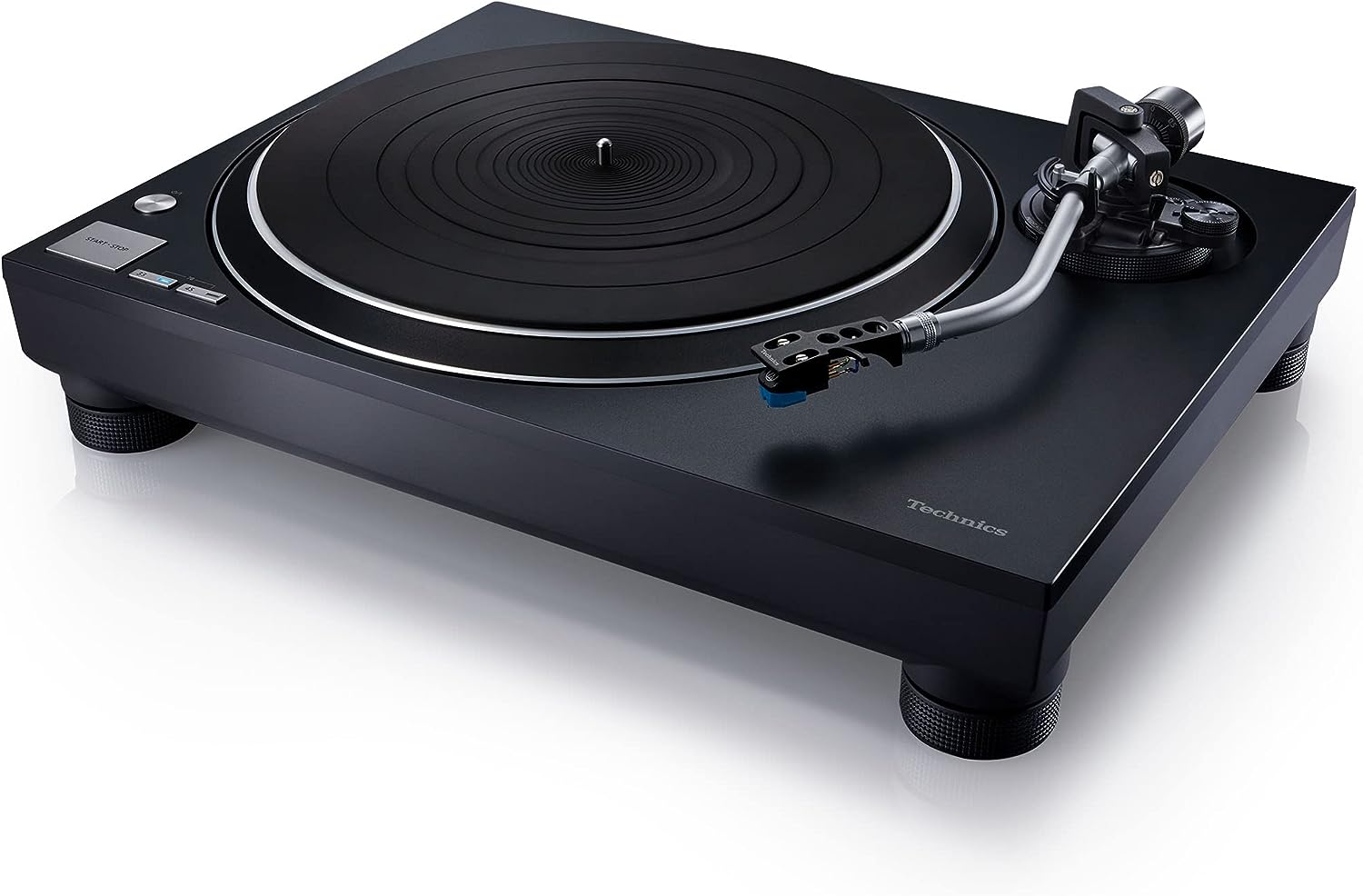
Technics SL-1200GAE: Revered for its precise engineering and exceptional sound quality, this modern version of the legendary SL-1200 series is a favorite among audiophiles and professional DJs alike.
Digital Audio Players (DAPs)
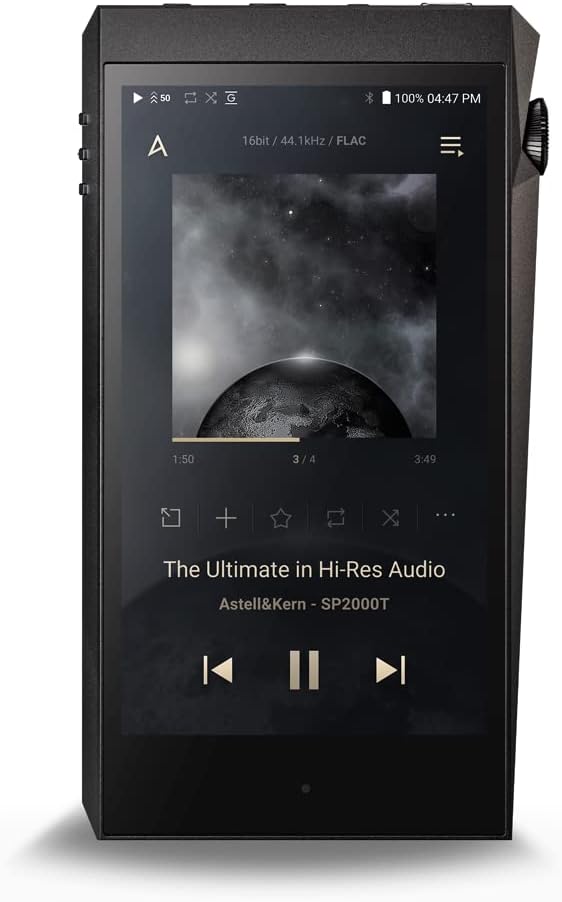
Astell&Kern A&ultima SP2000: Offering outstanding audio performance with its high-quality DAC and amplifier, this DAP is a symbol of luxury audio. Its build quality and design are equally impressive.
Amplifiers and Receivers
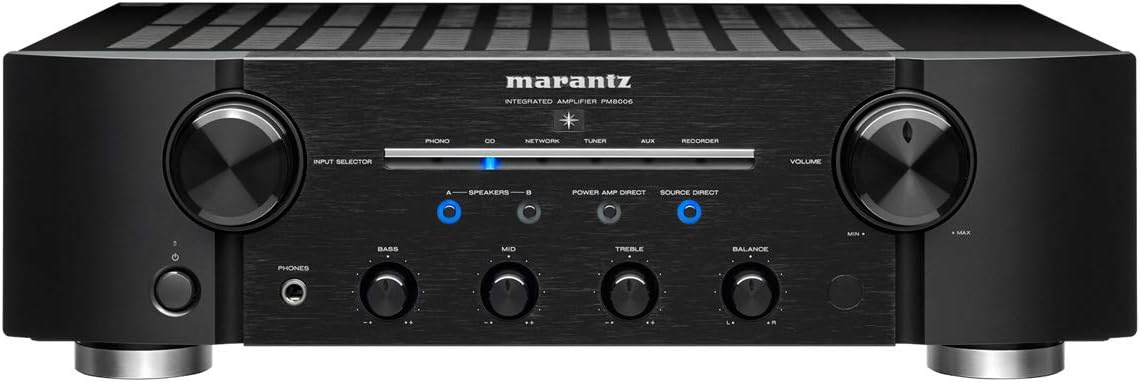
Marantz PM8006 Integrated Amplifier: The Marantz PM8006 is a superb choice for audiophiles seeking both quality and value. Renowned for its warm, musical sound and excellent build quality, this amplifier offers a refined audio experience. It features a phono stage for connecting turntables directly, making it ideal for vinyl enthusiasts. The PM8006’s elegant design and reliable performance make it a popular choice for those who want to enjoy high-end sound without venturing into the ultra-premium price range.
Cables and Accessories
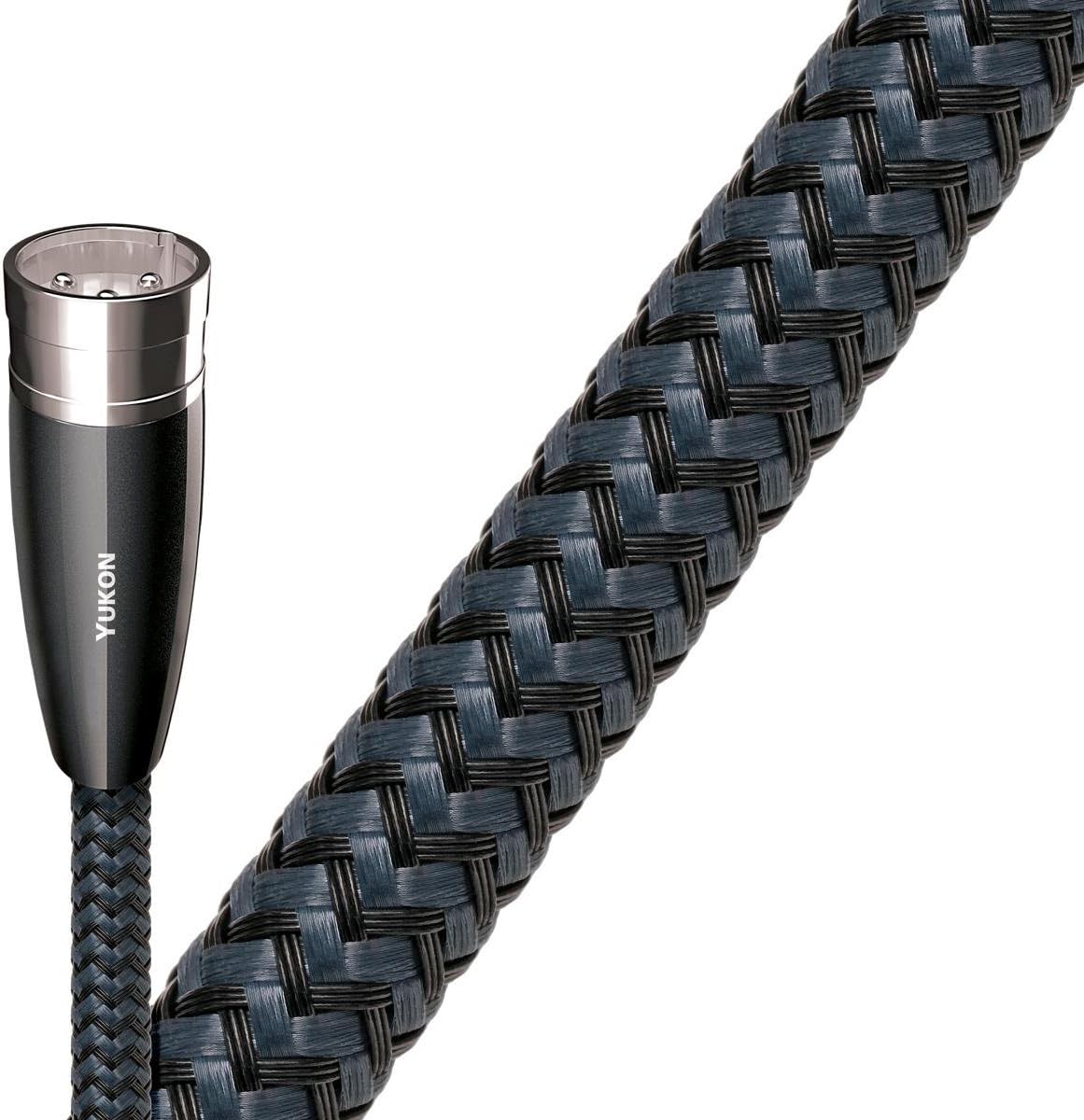
AudioQuest Diamond Cable: These cables are designed with superior materials to ensure the purest signal transmission, representing the high-end of cable design.
The world of high-end and luxury audio equipment is defined by the pursuit of perfection in sound and design. These products represent the zenith of audio technology, offering an unmatched listening experience for those willing to invest in the best. In the next section, we will cover audio equipment maintenance and care, to ensure your high-quality gear continues to perform at its best.
Audio Equipment Maintenance and Care 🛠️
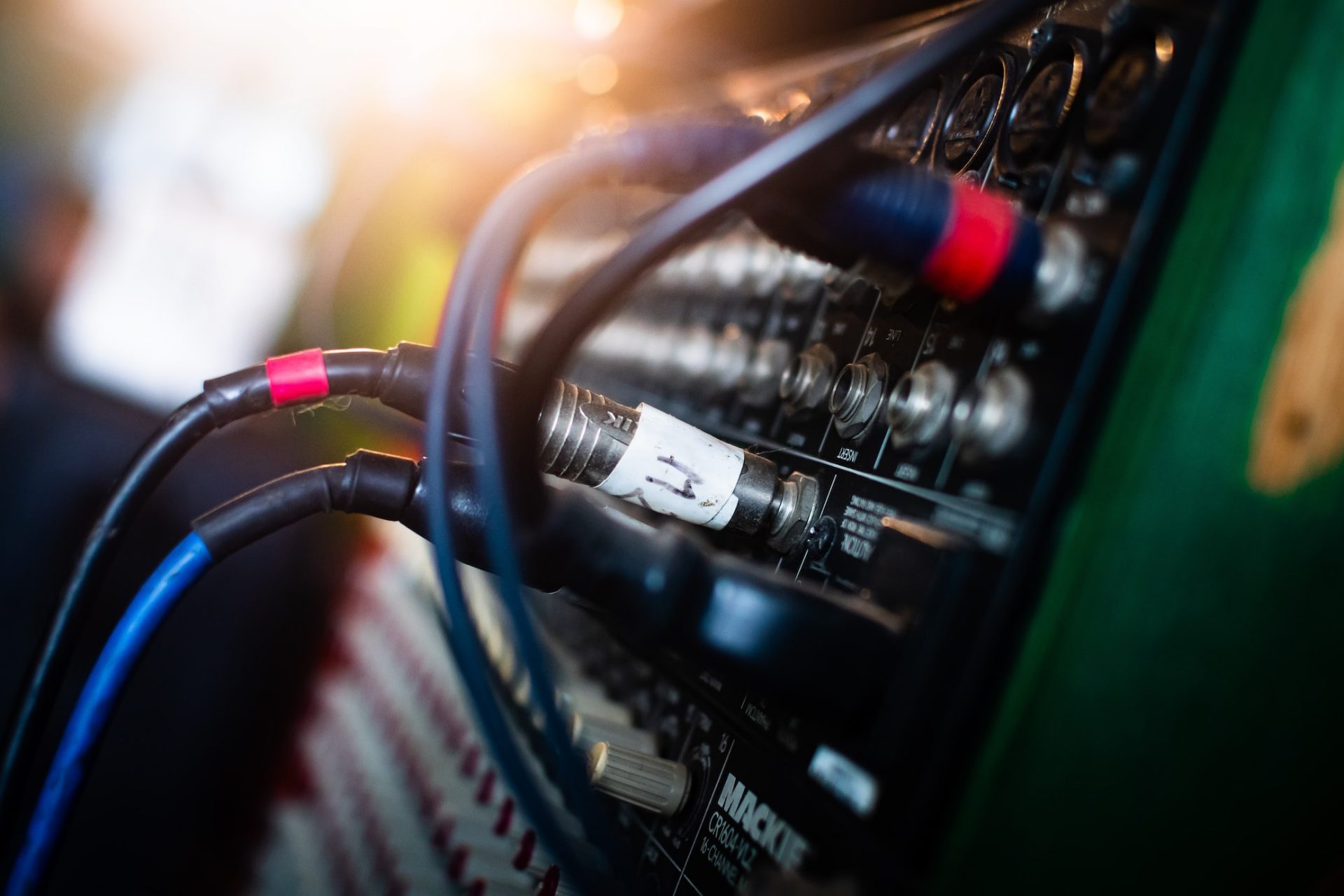
Ensuring Longevity and Performance
Proper maintenance and care of your audio equipment are essential for preserving its quality and longevity. Regular upkeep not only ensures optimal performance but also helps in preventing potential malfunctions. Here are key practices for maintaining different types of audio equipment:
Headphones and Earphones
- Regular Cleaning: Wipe down the ear pads and headband with a soft, dry cloth to remove dust and oils. For in-ear models, regularly clean the ear tips and replace them if they show signs of wear.
- Cable Care: Gently coil the cables when not in use to prevent tangling and stress on the wires. Avoid sharp bends.
- Storage: When not in use, store your headphones or earphones in a protective case to safeguard them from dust and physical damage.
Speakers and Sound Systems
- Dust Regularly: Use a soft, dry cloth or a gentle brush to remove dust from the speaker surfaces and grilles.
- Avoid Moisture: Keep speakers in a dry environment. Humidity can damage the speaker components, particularly the cones and surrounds.
- Room Placement: Position speakers away from direct sunlight and sources of heat to prevent damage and color fading.
Turntables and Vinyl Record Players
- Stylus Care: Clean the stylus (needle) regularly with a soft brush to remove dust and debris. A dirty stylus can affect sound quality and damage records.
- Platter Maintenance: Keep the platter clean and dust-free. For belt-drive turntables, inspect the belt periodically for wear and replace it as needed.
- Vinyl Handling: Handle records by their edges and keep them in their sleeves when not in use. Clean your records regularly to maintain sound quality and prevent stylus damage.
Digital Audio Players (DAPs) and Streaming Devices
- Software Updates: Keep the firmware of your devices up to date for optimal performance and new features.
- Battery Care: For devices with rechargeable batteries, follow best practices for charging and storage to prolong battery life.
- Physical Care: Protect the device from drops and harsh environments. Use screen protectors and cases where applicable.
Amplifiers and Receivers
- Ventilation: Ensure proper ventilation around these devices, as they can generate significant heat during operation.
- Regular Dusting: Dust can accumulate inside the vents and affect performance. Use compressed air or a soft brush to gently remove dust.
- Connection Check: Periodically check and tighten connections to ensure they are secure and free from corrosion.
General Tips
- Power Protection: Use surge protectors to safeguard your equipment from power surges and fluctuations.
- Handling: Always handle your audio equipment with care. Physical shocks and drops can cause significant damage.
- Professional Servicing: For high-end or complex equipment, consider professional servicing for deep cleaning, calibration, or repairs.
By following these maintenance and care tips, you can significantly extend the life and performance of your audio equipment, ensuring that it continues to provide a high-quality listening experience for years to come.
Emerging Technologies and Trends 🚀
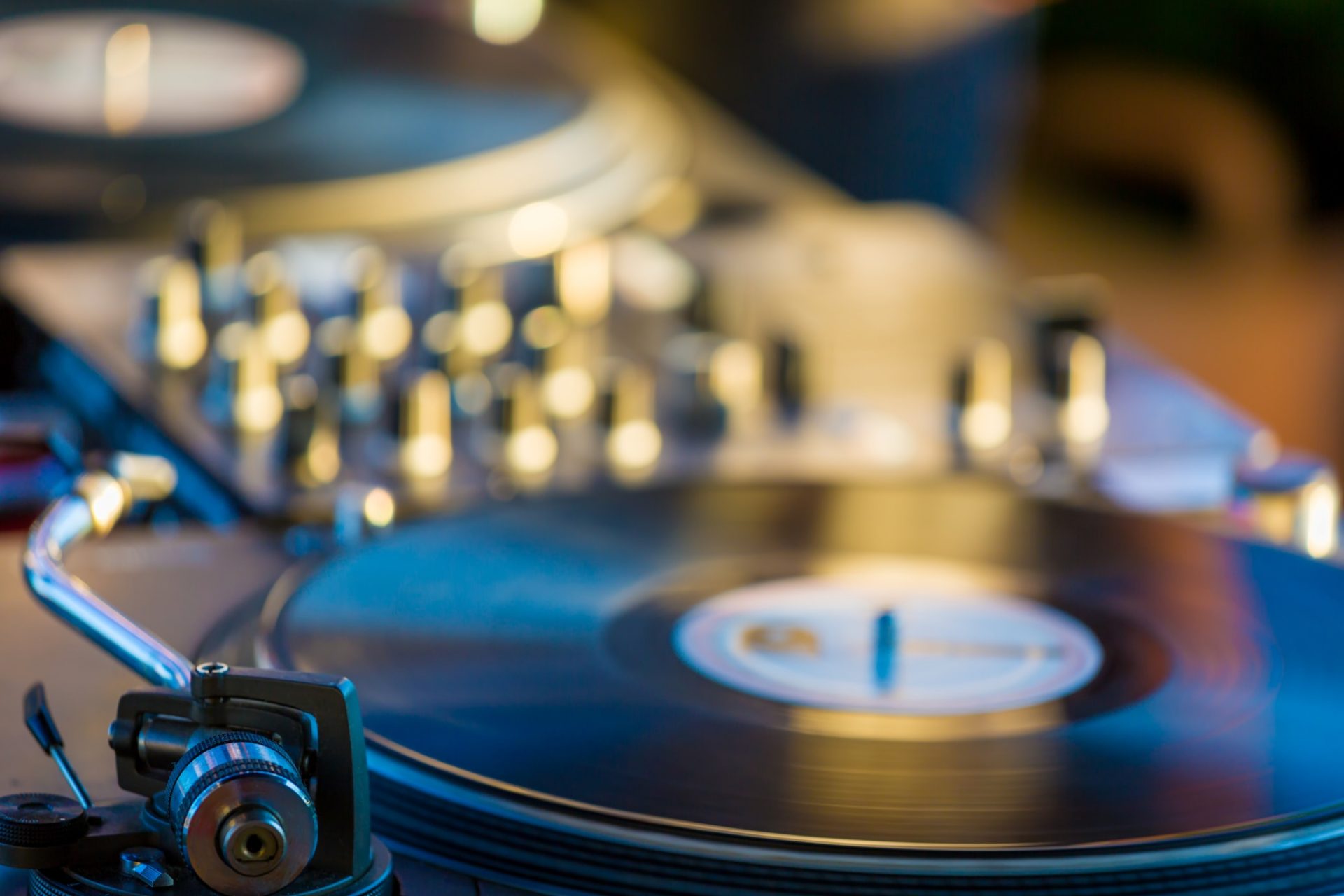
Staying Ahead in the Audio World
The audio industry is continually evolving, with new technologies and trends emerging that enhance how we experience music. Staying informed about these developments is crucial for any audiophile. Here are some of the latest trends and technological advancements in the world of high-fidelity audio:
Spatial Audio and 3D Sound
- Spatial Audio: This technology creates a more immersive listening experience by delivering sound in a three-dimensional space. It’s becoming increasingly popular in headphones and home theater systems, offering a live concert-like experience.
- Dolby Atmos: Originally designed for cinemas, Dolby Atmos is now making its way into home audio and headphones. It adds height to the sound field, creating a more immersive and realistic audio experience.
High-Resolution Streaming
- Lossless Audio Streaming: Services like Tidal and Amazon Music HD offer high-resolution streaming, allowing listeners to enjoy music at the best possible quality, far surpassing traditional MP3s in depth and clarity.
- MQA (Master Quality Authenticated): This technology delivers studio-quality sound in a file that’s small enough to stream, making high-resolution audio more accessible without the need for extensive storage space.
Smart and Connected Audio Systems
- Voice-Controlled Speakers: Smart speakers with voice assistants like Amazon Alexa and Google Assistant are integrating seamlessly into home audio setups, allowing for hands-free control of music and other smart home devices.
- Multi-Room Audio Systems: Systems like Sonos and Bose SoundTouch let you play music across multiple rooms in your home, all controlled from a single app. These systems are becoming more advanced, with better synchronization and integration options.
AI and Personalization in Audio
- AI-Powered Sound Optimization: Some new audio devices use artificial intelligence to analyze the listening environment and optimize the sound accordingly, ensuring the best possible listening experience in any room or situation.
- Personalized Sound Profiles: Advances in technology allow for personalized EQ settings that adjust to an individual’s hearing profile, ensuring optimal sound for each listener.
Sustainable and Eco-Friendly Audio Equipment
- Eco-Friendly Manufacturing: There’s a growing trend towards sustainable production practices in the audio industry. This includes the use of recycled materials and more energy-efficient designs.
- Longevity and Repairability: Manufacturers are increasingly focusing on creating durable products that can be easily repaired, reducing electronic waste and promoting sustainability.
These emerging technologies and trends are shaping the future of audio, offering new ways to experience music with enhanced quality and convenience. As an audiophile, keeping up with these developments can help you build a more enjoyable and cutting-edge listening experience.
User Experience and Usability 👥
Enhancing Interaction with Audio Equipment
In the world of high-fidelity audio, the focus isn’t solely on sound quality. User experience and usability are equally important, ensuring that the interaction with audio equipment is as enjoyable as the listening experience itself. Here are some key aspects that enhance usability in audio equipment:
Ease of Setup and Use
- Plug-and-Play Functionality: Many modern audio devices are designed to be user-friendly, with plug-and-play functionality that minimizes setup complexity.
- User-Friendly Interfaces: Clear and intuitive interfaces, whether on the device itself or through an accompanying app, make it easier for users to control their audio experience and access features without hassle.
Compatibility and Connectivity
- Wide Range of Connectivity Options: From traditional AUX and RCA inputs to modern Bluetooth and Wi-Fi connectivity, having multiple options ensures that your audio equipment can work with a variety of sources and formats.
- Multi-Device Compatibility: Devices that can seamlessly connect with various digital and analog sources, including smartphones, tablets, PCs, and turntables, offer greater flexibility and convenience.
Remote Control and App Integration
- Smartphone Apps: Many audio devices come with dedicated smartphone apps that offer extended control and customization, from adjusting EQ settings to managing multi-room audio systems.
- Remote Controls: Physical remote controls, often with simplified button layouts and intuitive design, provide a tactile and straightforward way to manage playback and settings.
Customization and Personalization
- Adjustable Sound Settings: Devices that allow users to adjust EQ settings and create personalized sound profiles cater to individual preferences and different types of content.
- Firmware Updates: Regular firmware updates can add new features and improvements, keeping the device up-to-date and enhancing the user experience over time.
Accessibility Features
- Voice Commands and Accessibility Modes: Incorporating voice control and accessibility features, such as screen readers or tactile controls, makes audio equipment more inclusive and easier to use for everyone.
Design and Aesthetics
- Ergonomic Design: Comfortable and ergonomic designs, especially in headphones and portable devices, ensure that users can enjoy their music for extended periods without discomfort.
- Aesthetically Pleasing: Good design is not just about function; the aesthetic appeal of audio equipment often enhances the overall experience, making it a pleasing addition to your living space or personal style.
In the end, user experience and usability are about making sure that audio equipment is not just a tool for listening to music but a delightful part of your daily life. This focus on usability ensures that high-fidelity audio is accessible and enjoyable for both seasoned audiophiles and newcomers alike.
Sustainability and Eco-Friendliness 🌍
Embracing Green Practices in Audio Technology
As environmental awareness grows, the audio industry is increasingly focusing on sustainability and eco-friendliness. This shift is not just about creating products that last but also about implementing practices that are kinder to the planet. Here’s how sustainability is becoming a key consideration in the world of high-fidelity audio:
Use of Sustainable Materials
- Recycled and Renewable Materials: Many manufacturers are now using recycled plastics, metals, and even sustainable wood in their products, reducing the environmental impact of production.
- Biodegradable Packaging: Eco-friendly packaging options, such as biodegradable or recyclable materials, are being adopted to minimize waste.
Energy Efficiency
- Low Power Consumption: Energy-efficient designs in amplifiers, receivers, and other audio equipment help reduce electricity usage, benefiting both the environment and the consumer’s wallet.
- Auto Power-Off Features: Features like automatic standby or power-off modes ensure that equipment isn’t wasting energy when not in use.
Longevity and Repairability
- Durable Design: Creating products that are built to last reduces the frequency of replacements, thereby cutting down on waste and consumption of resources.
- Repairability: By designing products that can be easily repaired, manufacturers extend the lifespan of their products and reduce electronic waste. This includes providing accessible spare parts and repair manuals.
Sustainable Manufacturing Processes
- Reducing Carbon Footprint: Companies are adopting manufacturing processes that lower carbon emissions, such as using renewable energy sources and optimizing supply chains for efficiency.
- Eco-Friendly Facilities: Some manufacturers are investing in eco-friendly facilities that reduce water usage, waste, and energy consumption.
Eco-Certifications
- Certifications and Standards: Products that meet certain environmental standards or certifications help consumers make informed choices. Look for labels like Energy Star, RoHS (Restriction of Hazardous Substances), and others that indicate a product’s eco-friendliness.
Consumer Awareness and Responsibility
- Educating Consumers: Increasing consumer awareness about the environmental impact of their purchases is crucial. More companies are sharing information about their sustainability efforts and how users can responsibly use and dispose of audio products.
- Recycling Programs: Encouraging the recycling of old audio equipment is another way the industry is promoting sustainability. Some brands offer recycling programs or incentives for trading in old equipment.
Sustainability and eco-friendliness are becoming integral to the audio industry, reflecting a broader shift towards responsible consumption and production. By prioritizing these values, both manufacturers and consumers can contribute to a more sustainable future while enjoying high-quality audio experiences.
Conclusion and Buyer’s Guide 📝
Navigating the World of High-Quality Audio
As we reach the end of our guide, it’s clear that the world of high-fidelity audio is rich and varied. Whether you’re a seasoned audiophile or a newcomer, navigating this landscape can be both exciting and daunting. This buyer’s guide is designed to help you make informed decisions, ensuring you find the perfect equipment to match your audio aspirations and budget.
Understanding Your Needs
- Assess Your Listening Preferences: Consider the type of music you enjoy and where you listen to it. This will guide you in choosing between different types of headphones, speakers, and audio sources.
- Space and Environment: Evaluate the space where you’ll be using the equipment. Room size, acoustics, and even the typical noise levels play a role in what equipment will work best for you.
Setting a Budget
- Balance Cost with Quality: High-quality audio equipment can be an investment. Set a realistic budget that balances cost with the level of audio quality you’re seeking.
- Consider Long-Term Value: Sometimes, spending a bit more initially can save money in the long run, thanks to better durability and performance.
Research and Reviews
- Read Reviews and Comparisons: Leverage online reviews, forums, and comparison articles to gather information about the performance and reliability of different models.
- Listen Before You Buy: If possible, listen to different pieces of equipment before making a purchase. Audio preference is highly subjective, and what sounds good to one person may not to another.
Where to Buy
- Authorized Dealers and Retailers: Purchase from reputable sources to ensure you’re getting genuine products and can access customer support and warranties.
- Consider Second-Hand Equipment: For those on a tighter budget, high-quality second-hand equipment can offer excellent value.
Caring for Your Equipment
- Maintenance and Care: Invest time in maintaining your audio equipment. Proper care can significantly extend its lifespan and ensure sustained performance.
- Stay Informed: Keep up with the latest trends, technologies, and care tips to make the most of your audio equipment over time.
Remember, building your perfect audio setup is a journey. Your tastes and preferences might evolve, and so might the technology. Embrace this evolution as part of the joy of being an audiophile.
In the end, high-fidelity audio is about enriching your life with exceptional sound. Whether it’s the warmth of vinyl, the clarity of digital audio, or the immersive experience of live concerts, great audio equipment can transport you to another world. Enjoy the journey, and happy listening!

